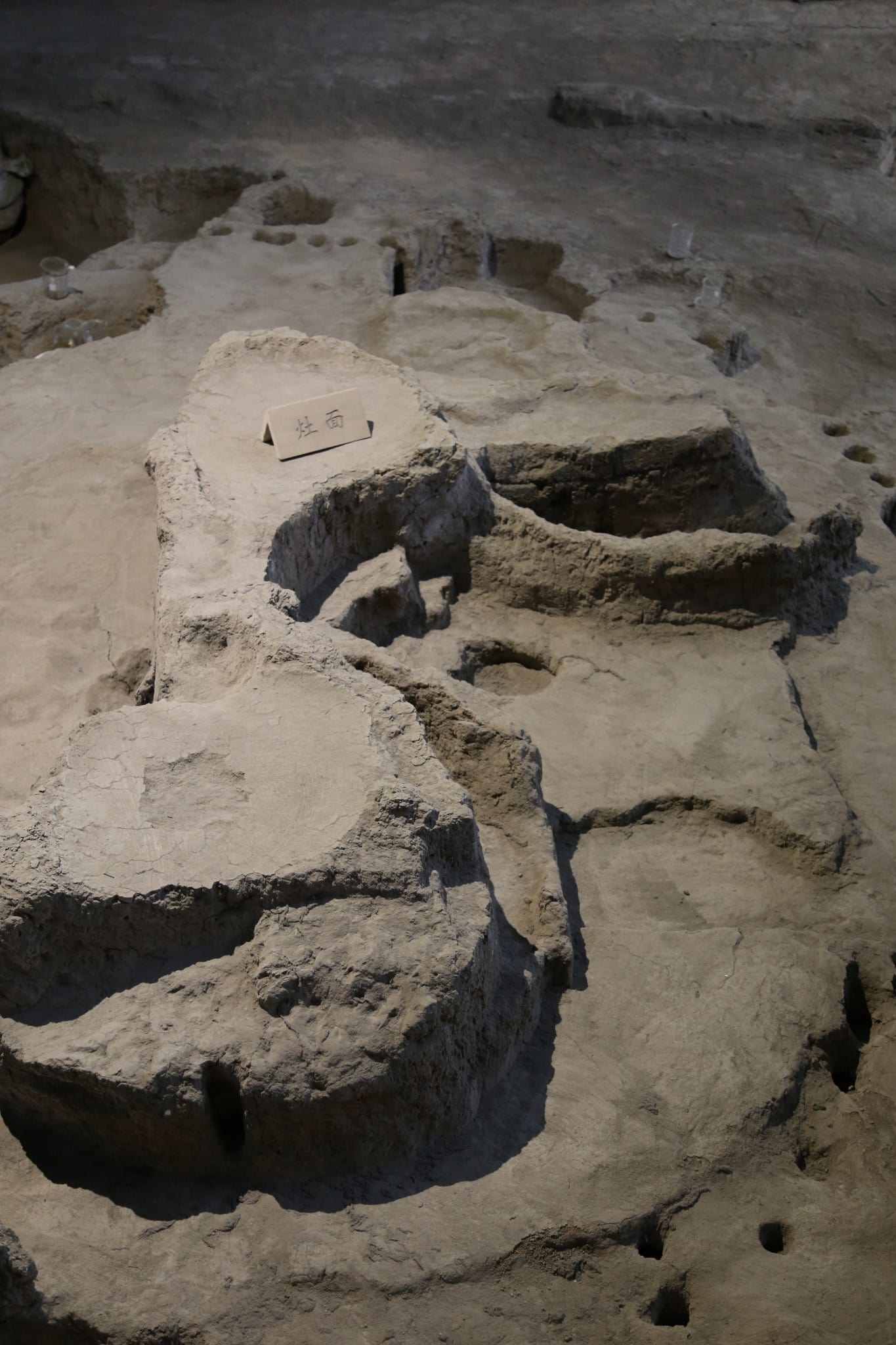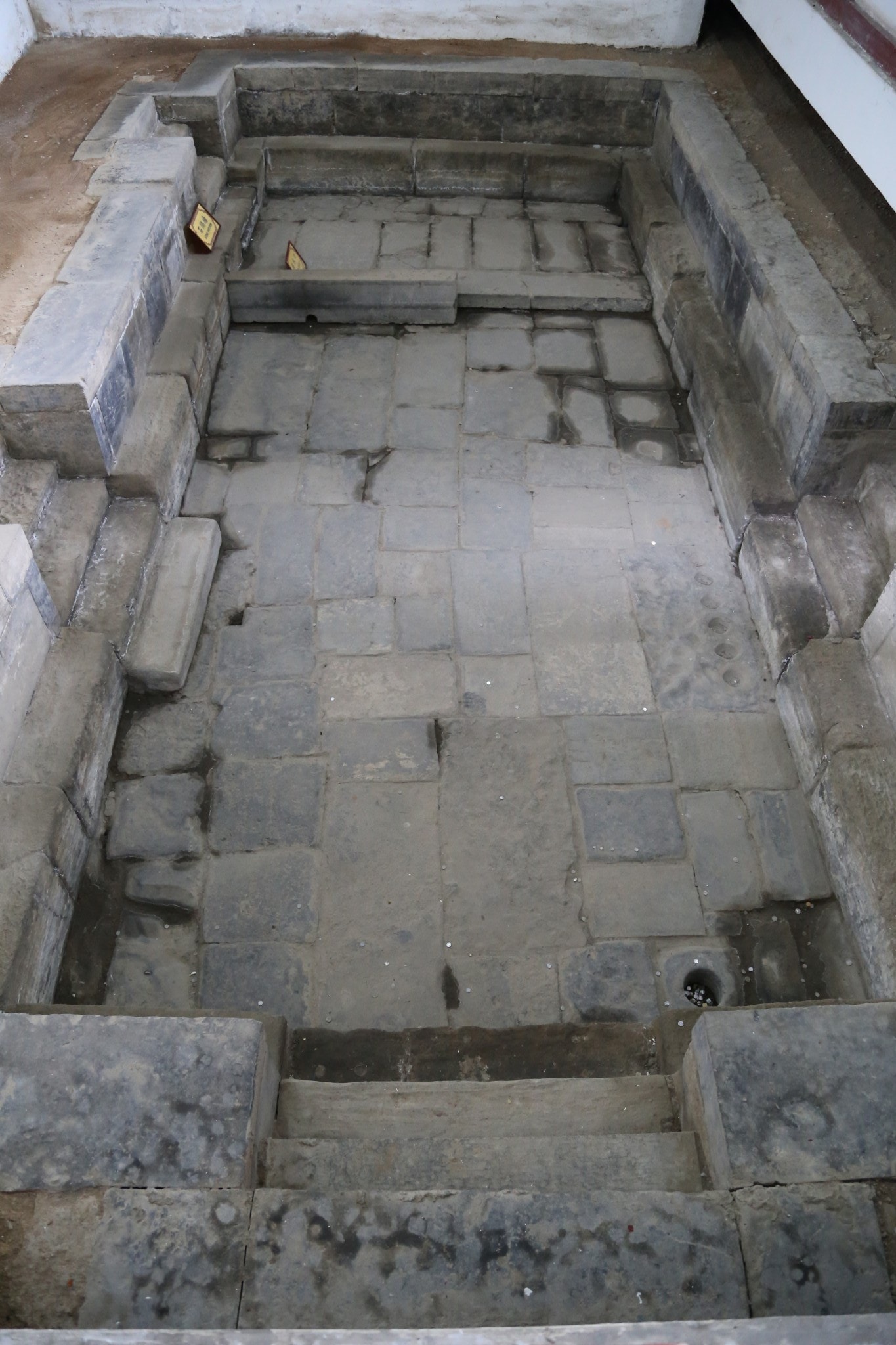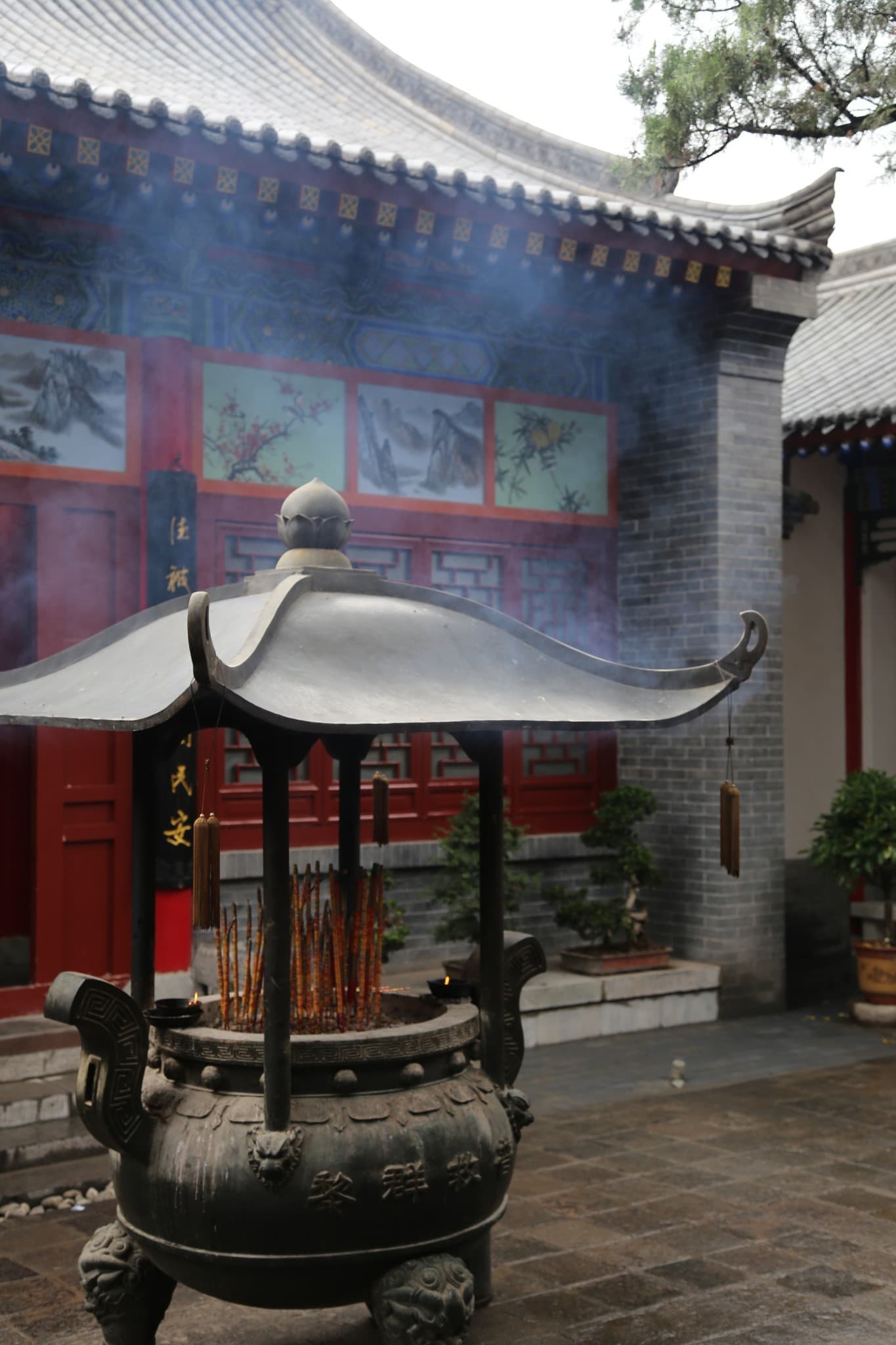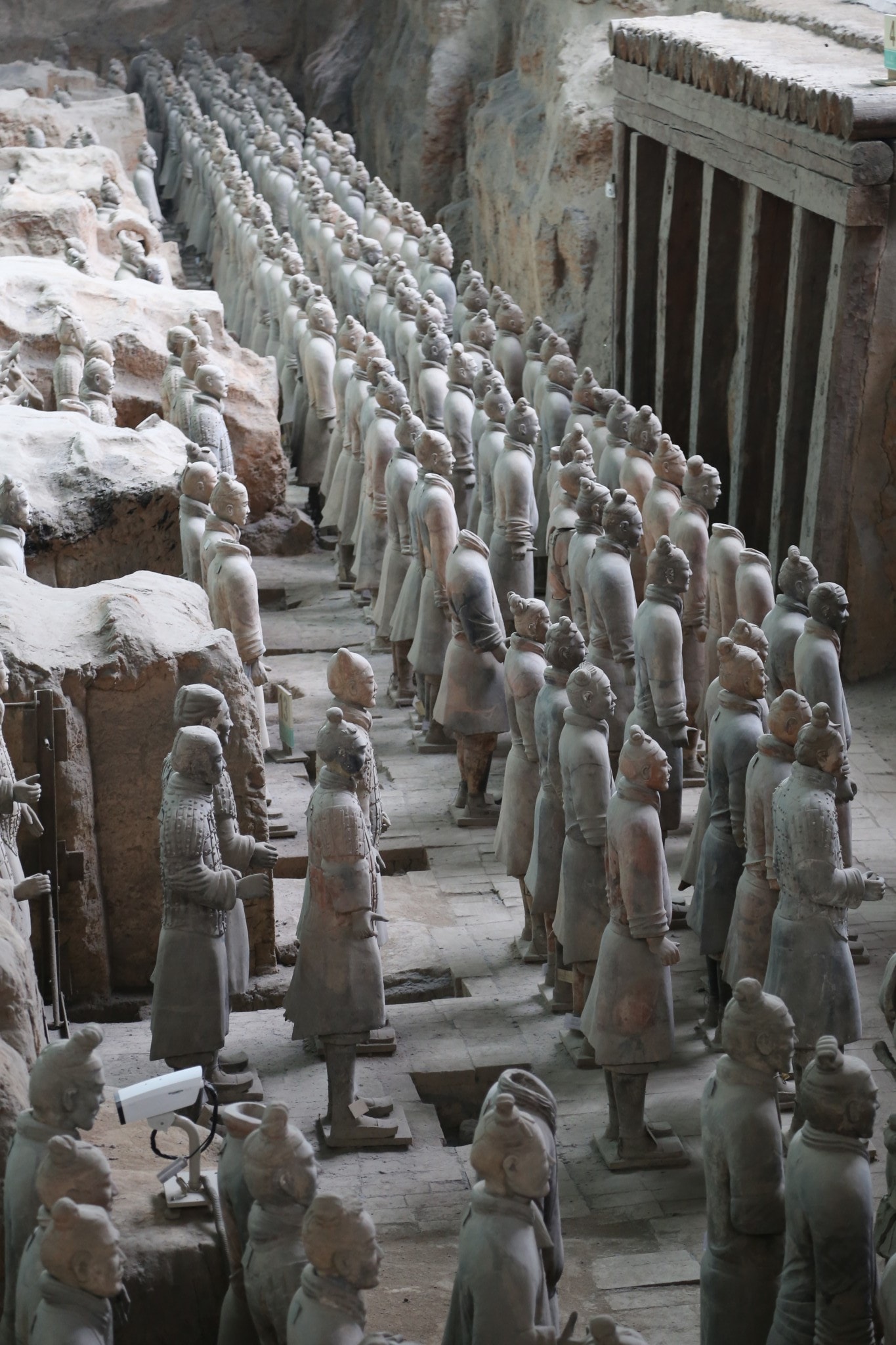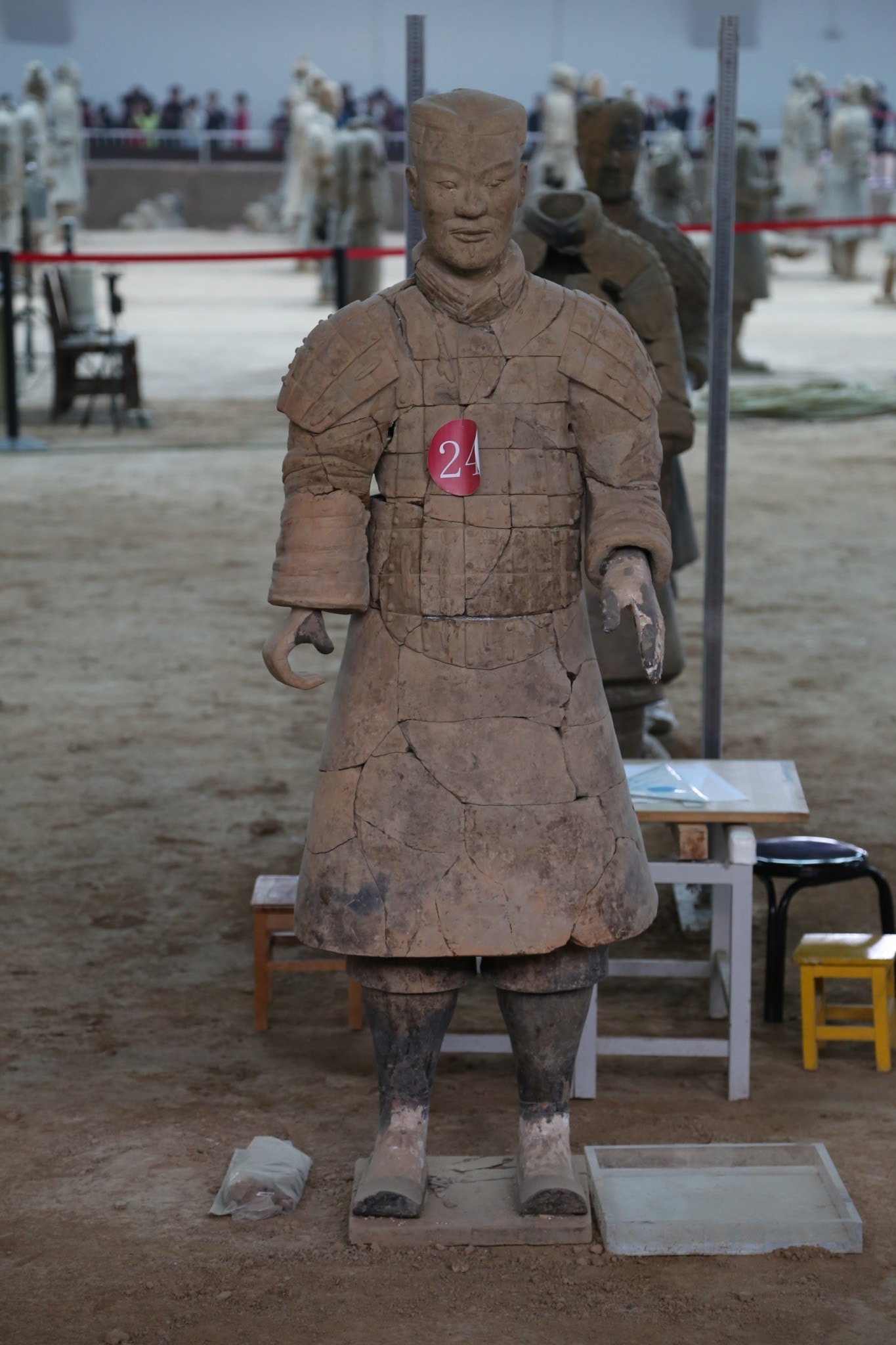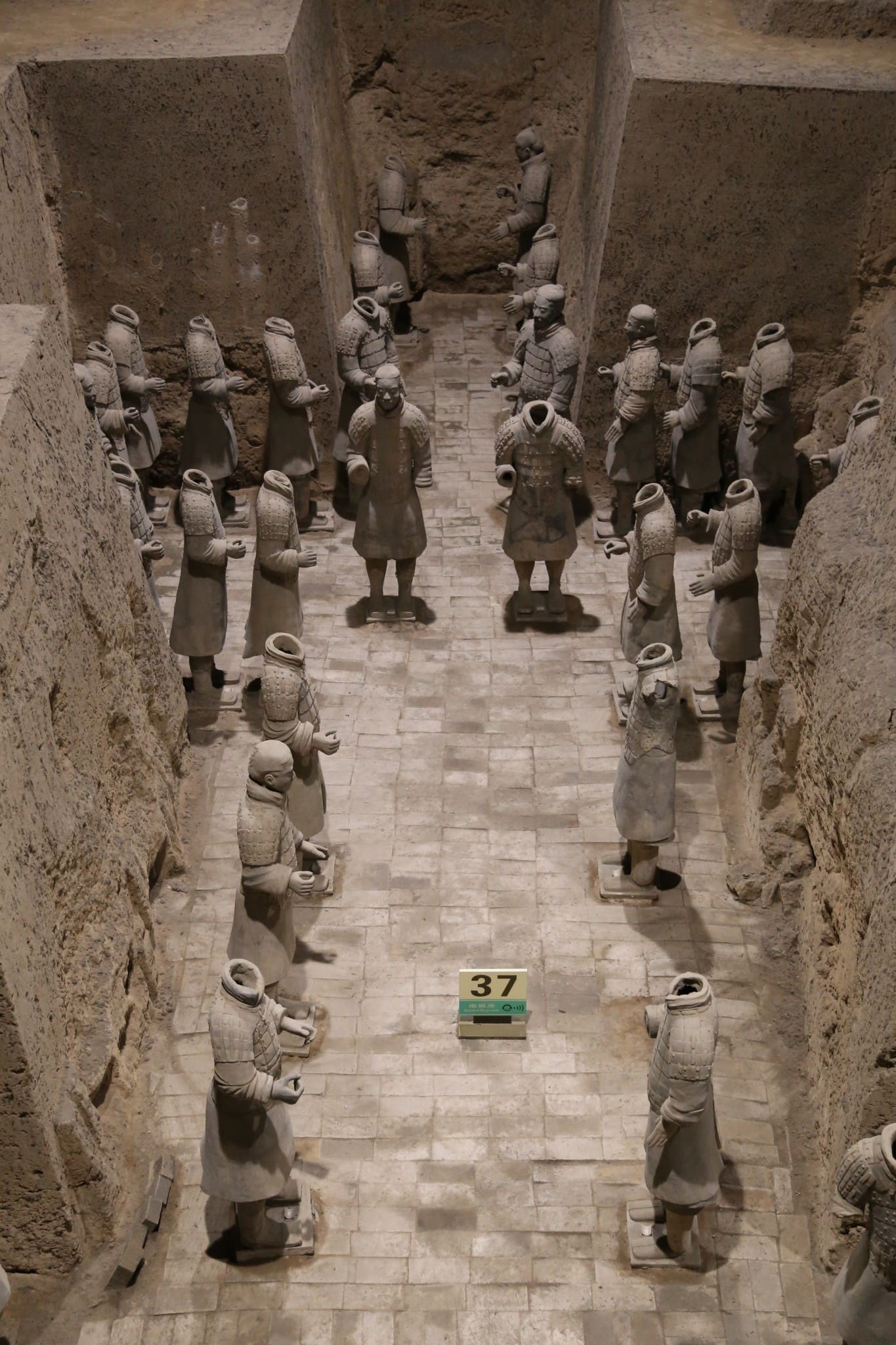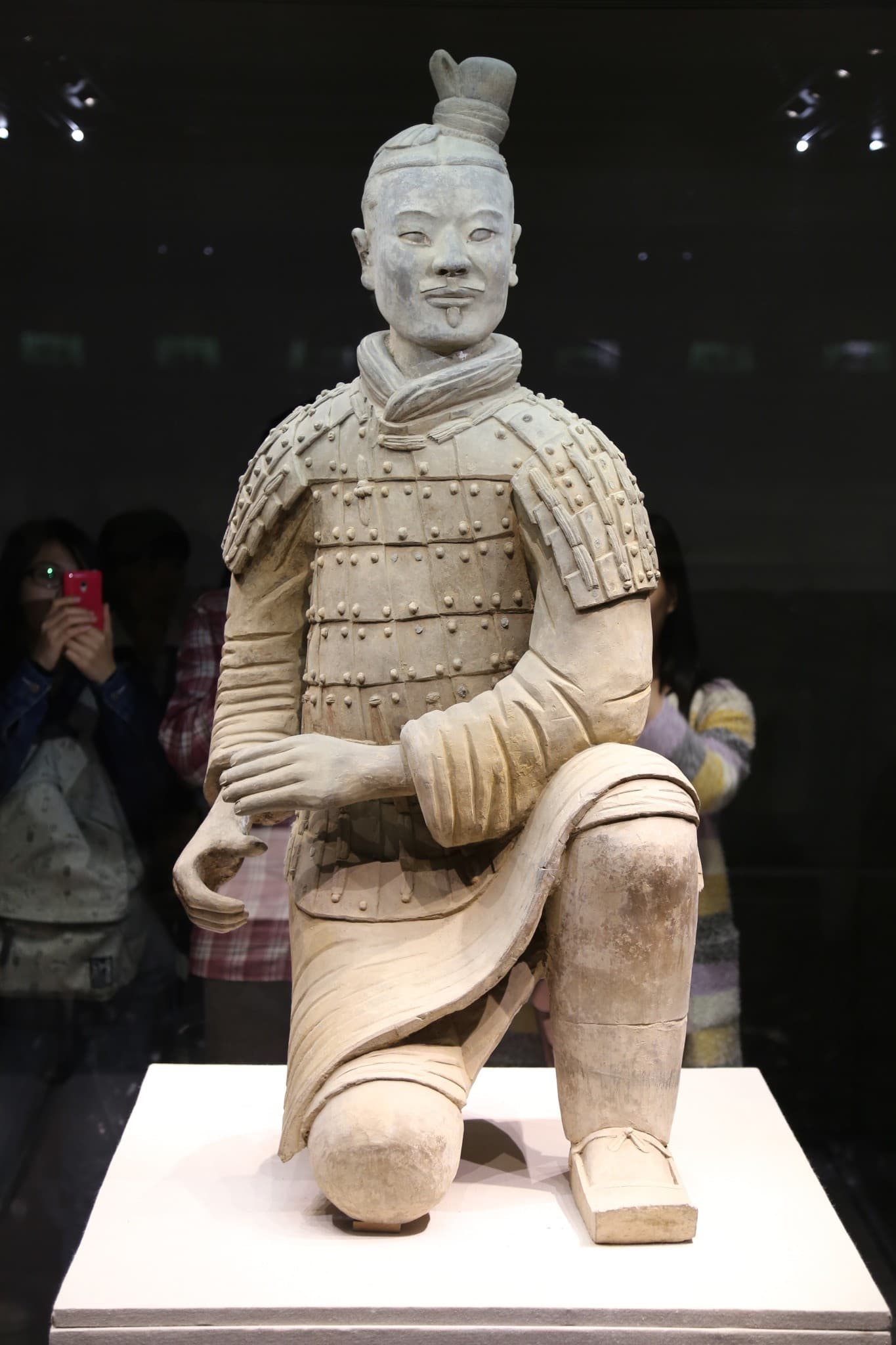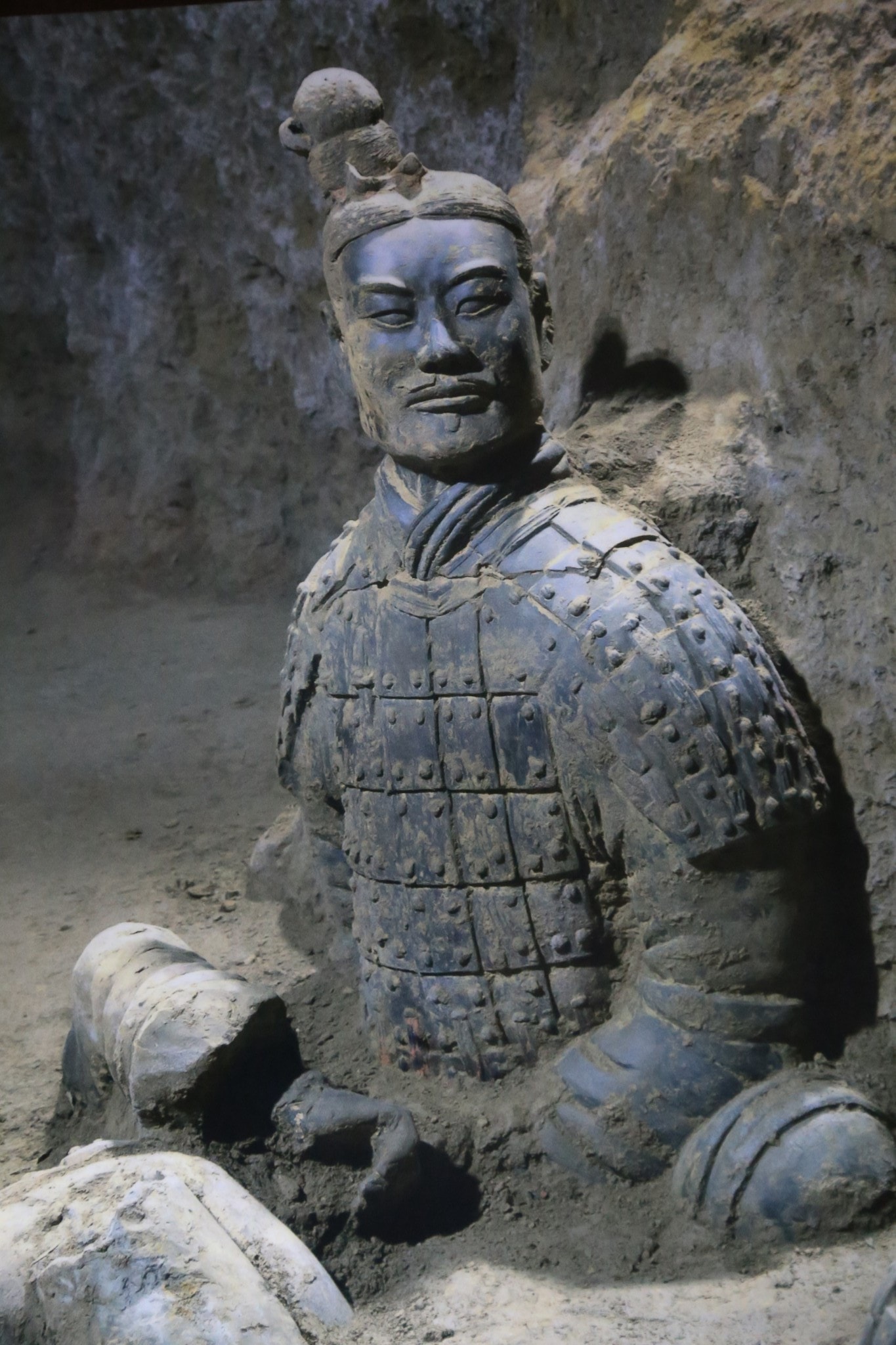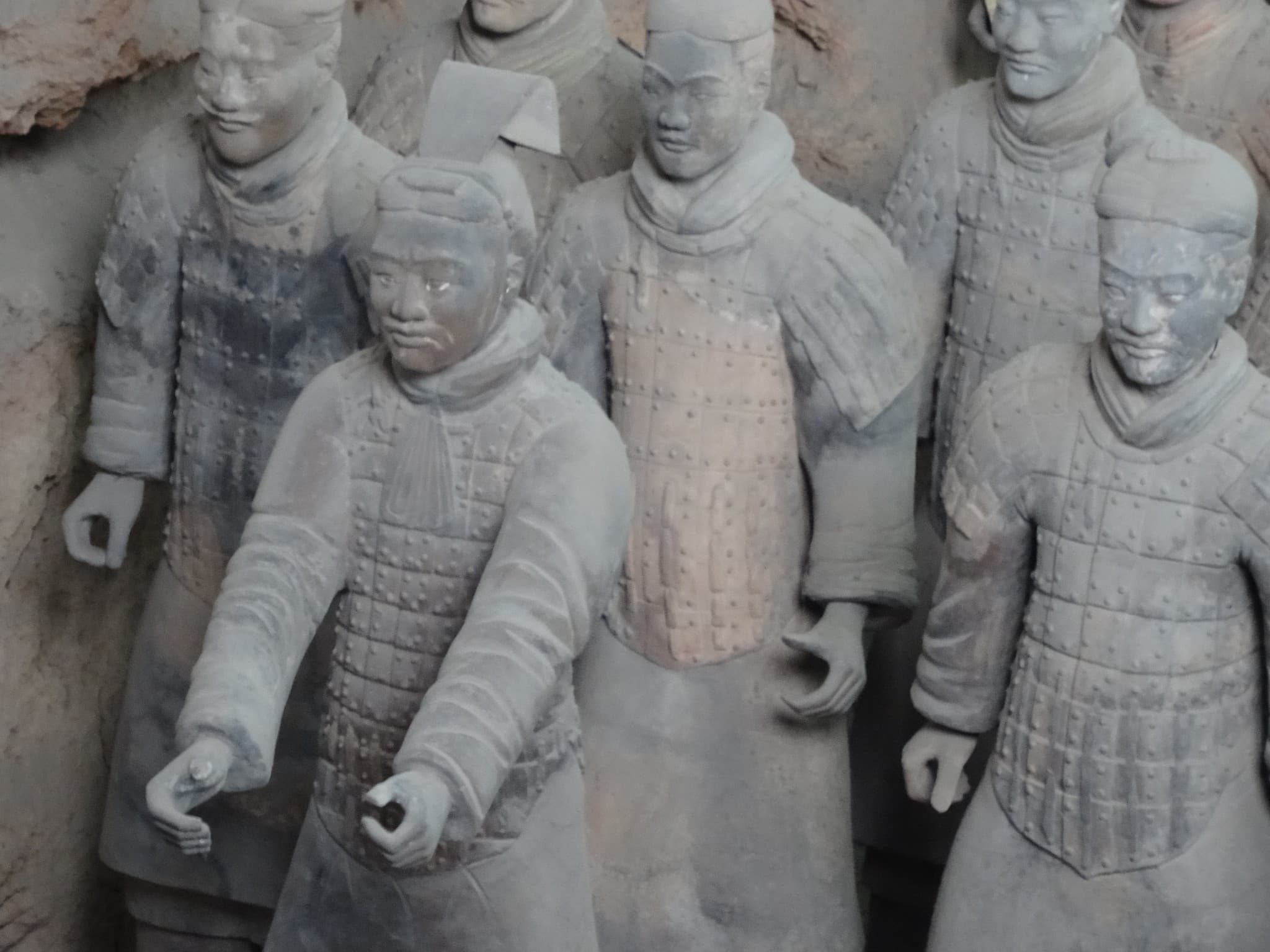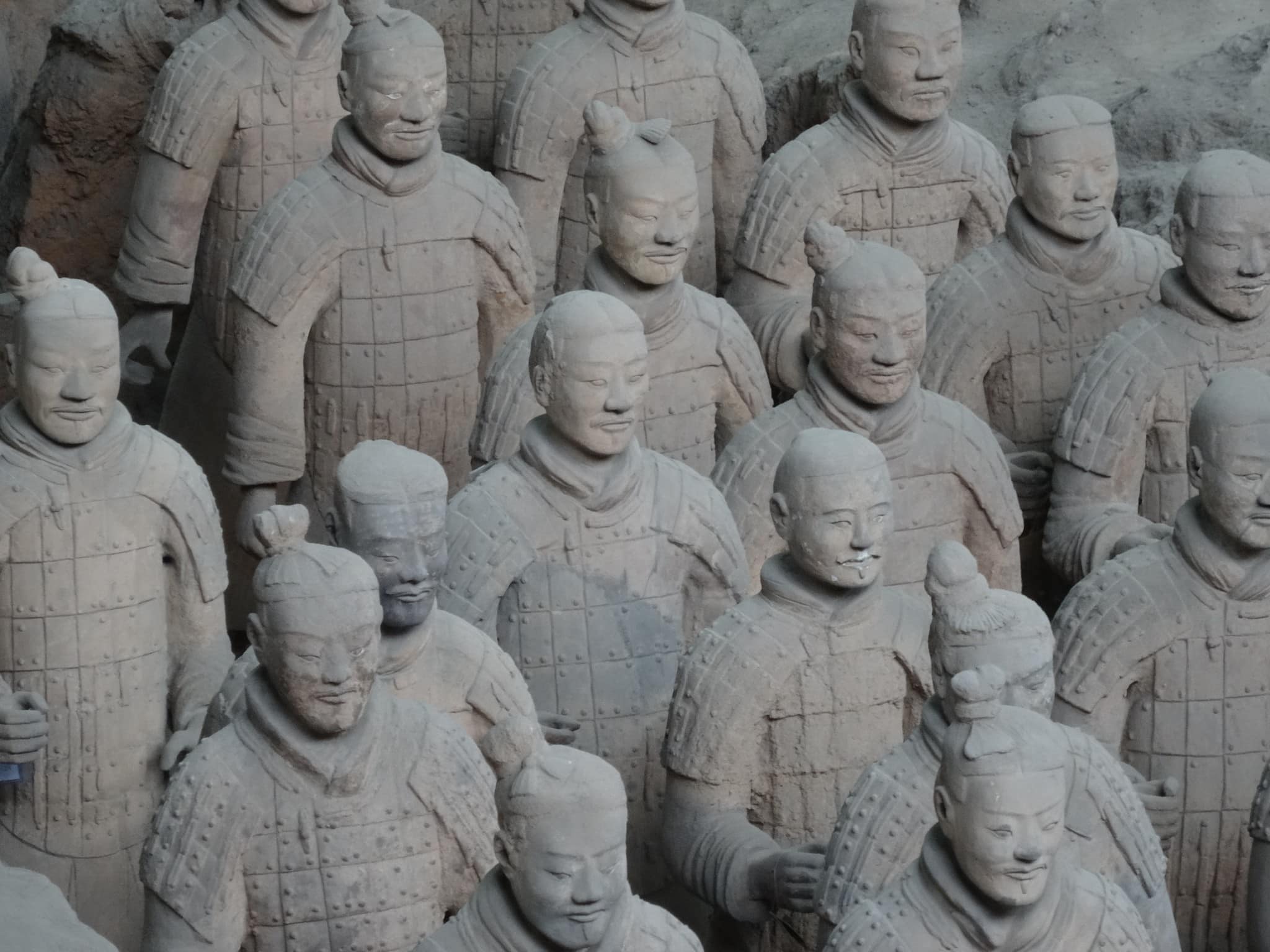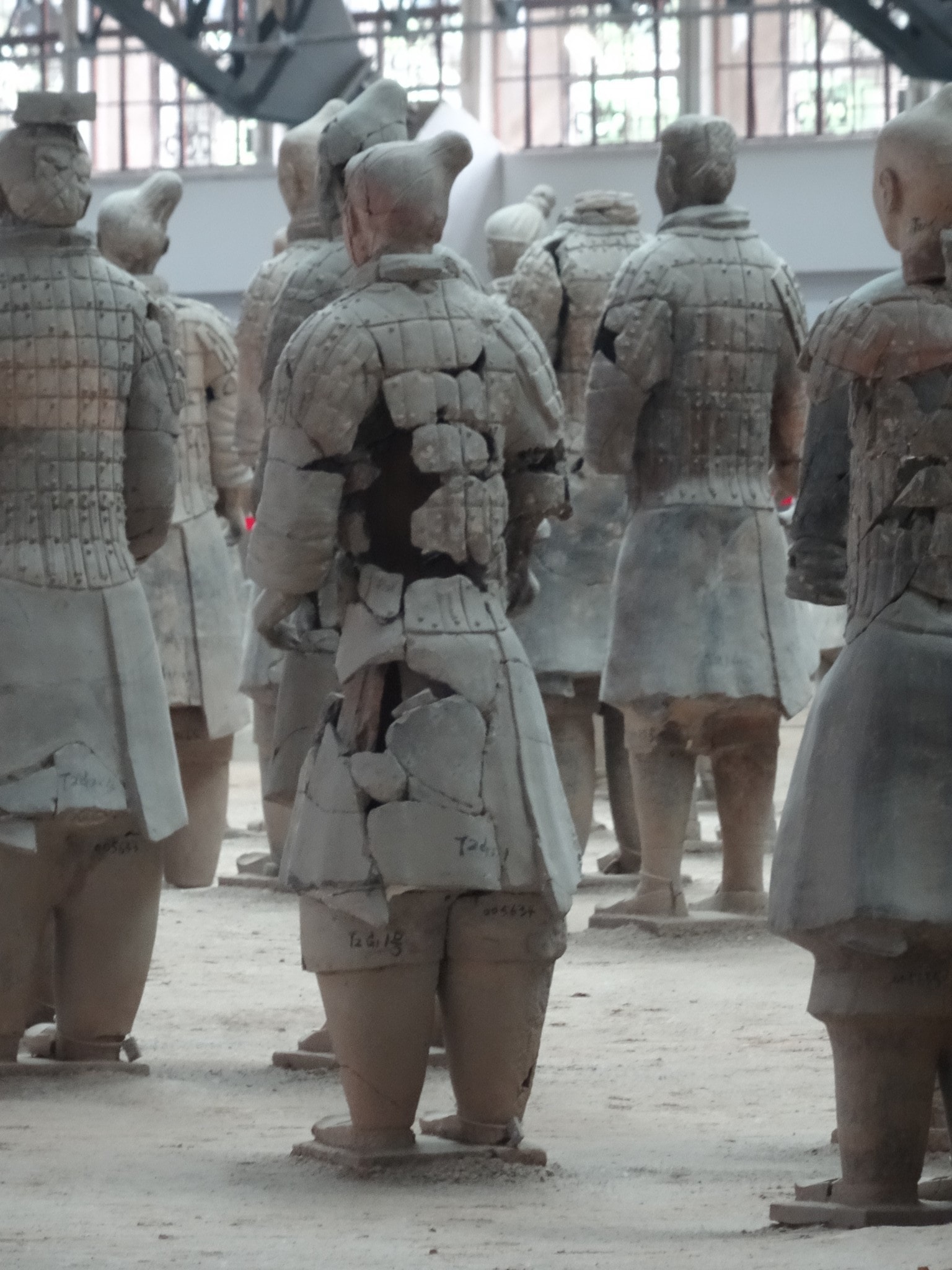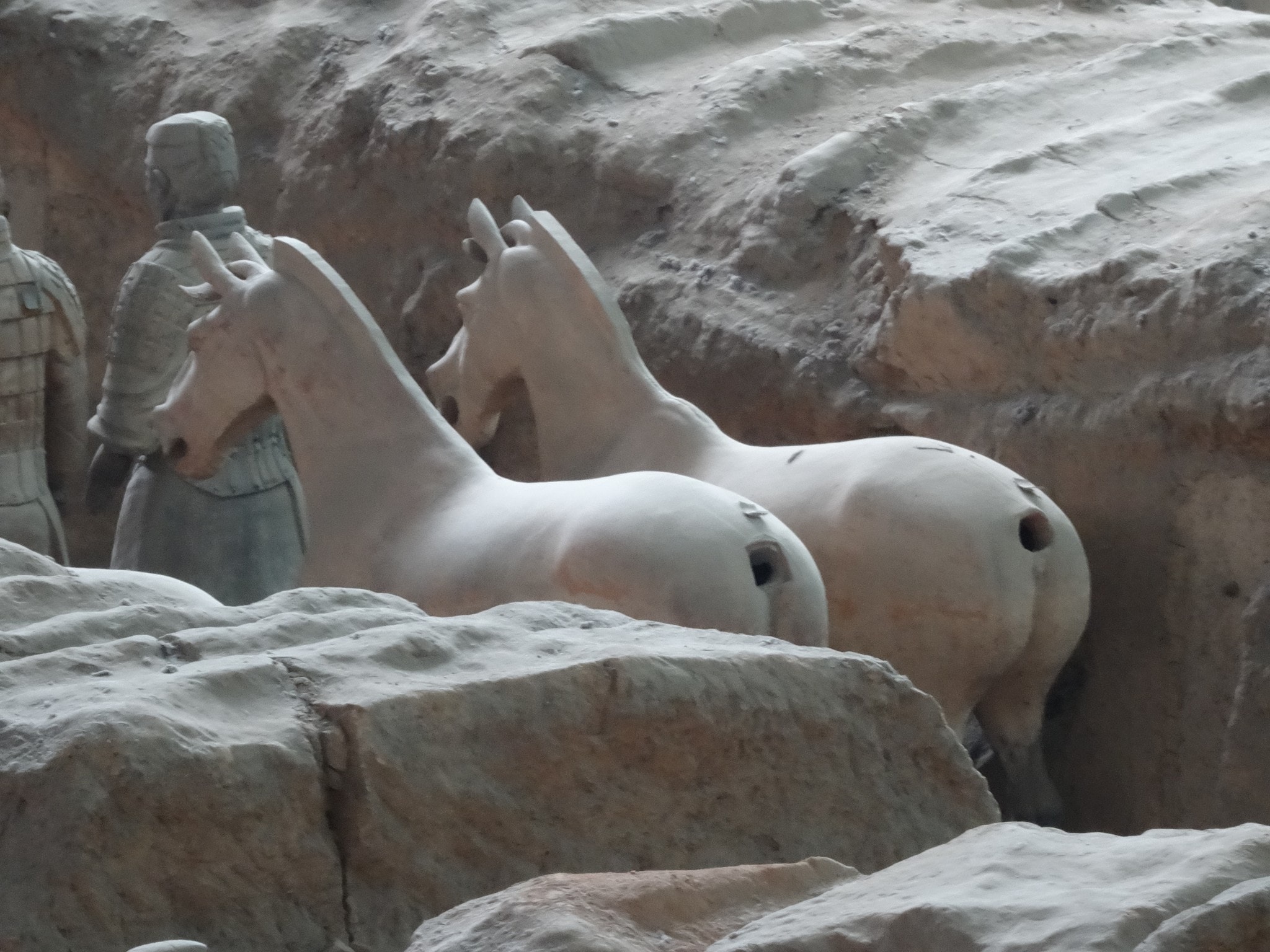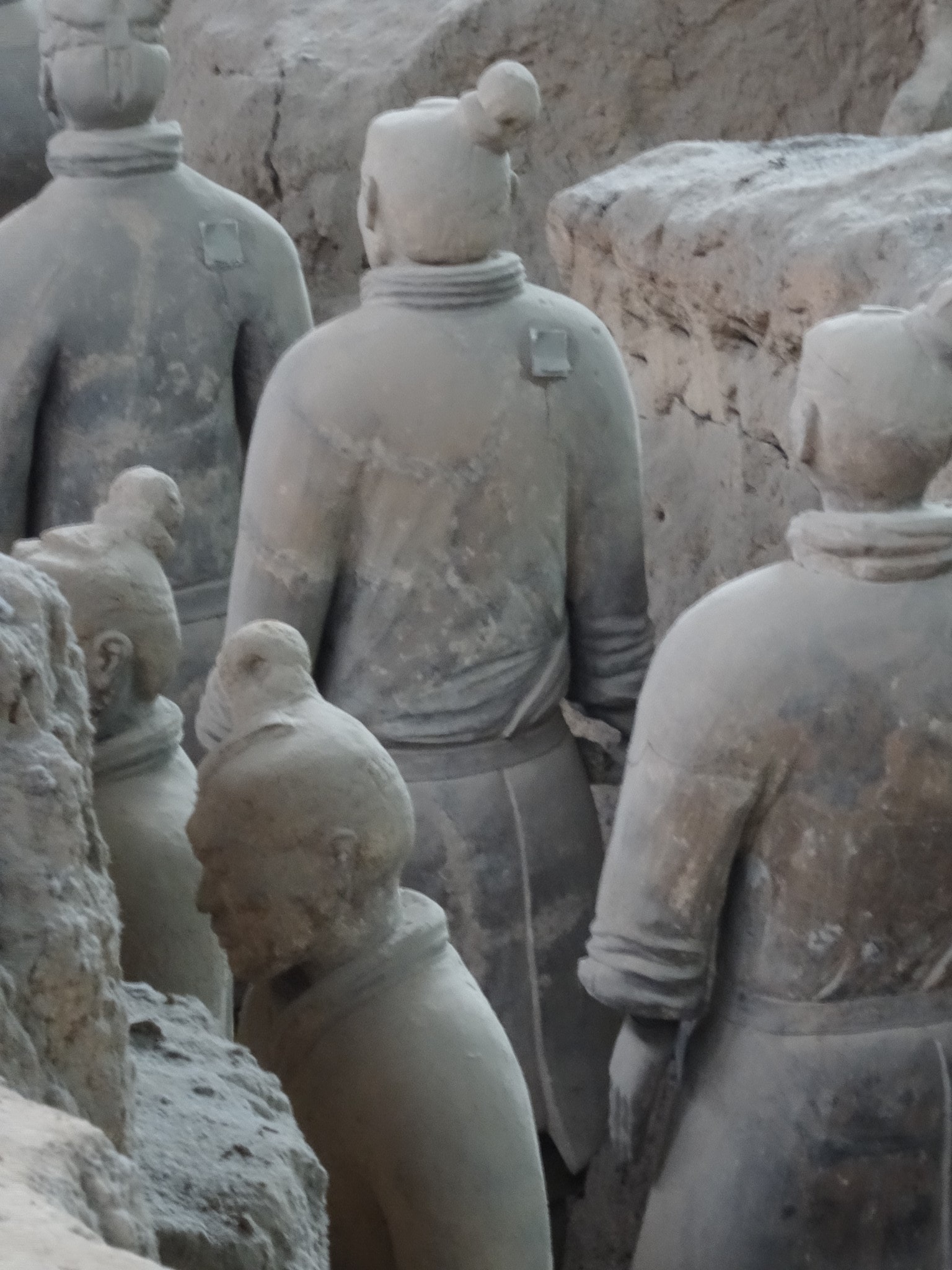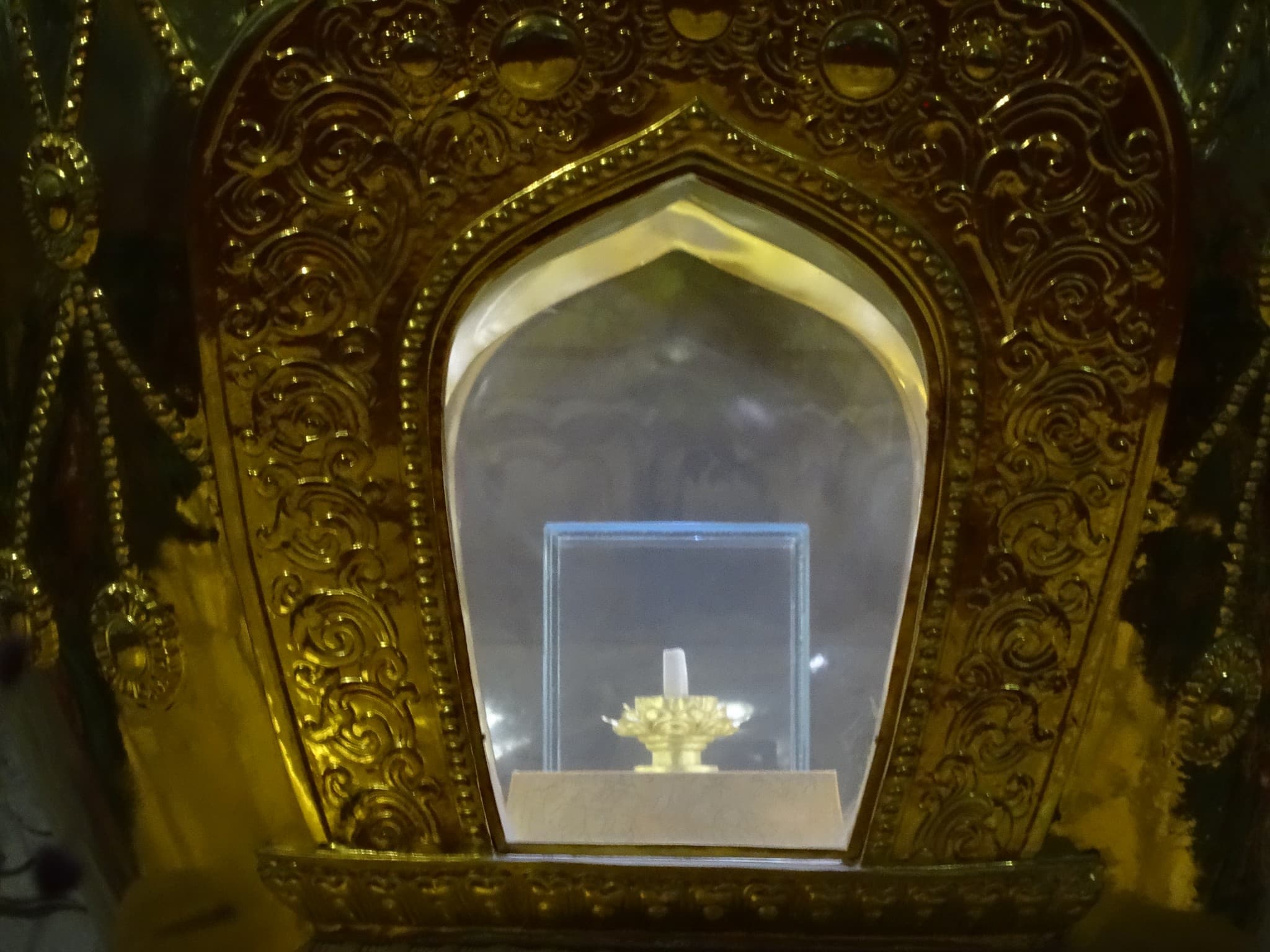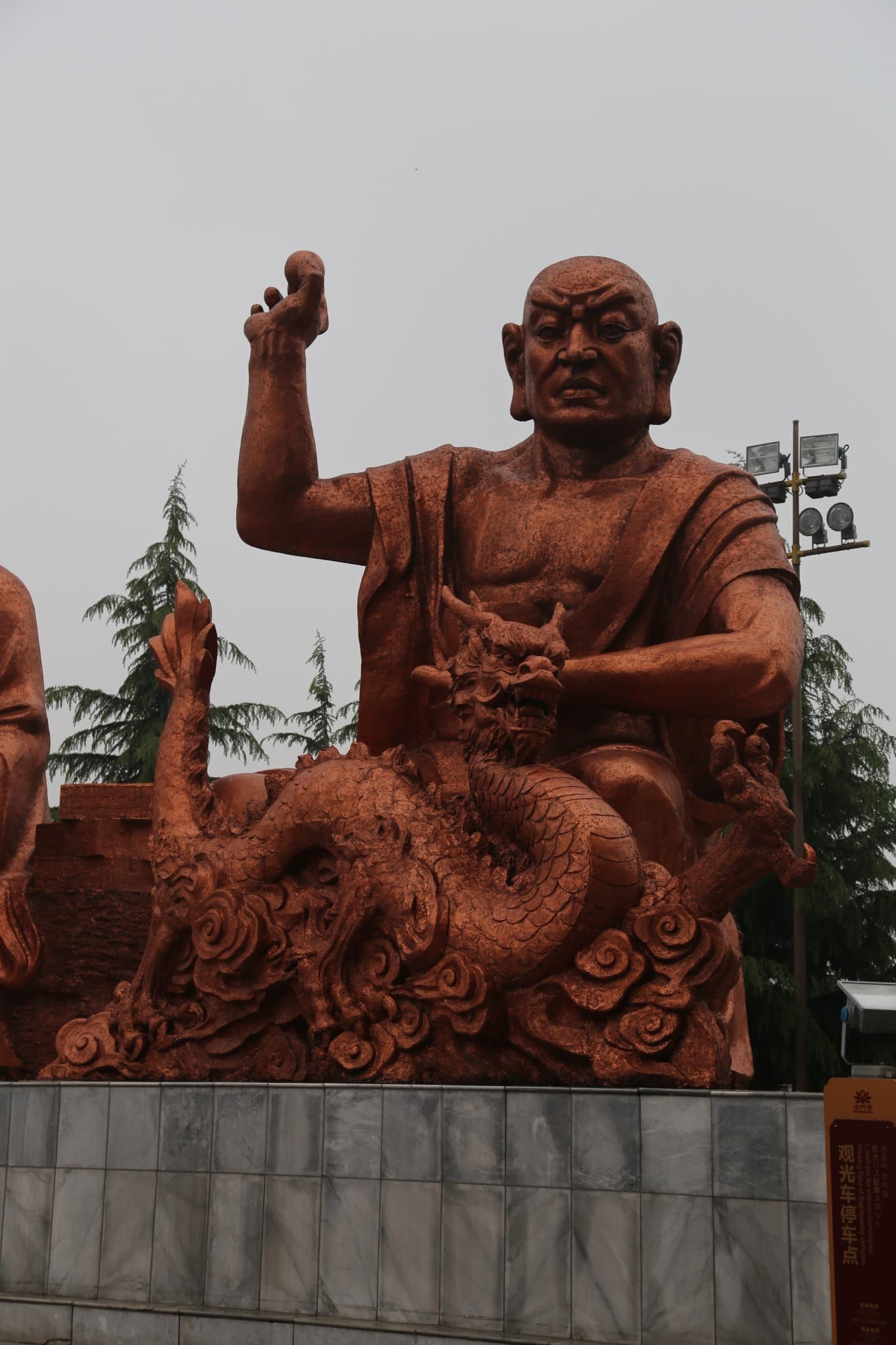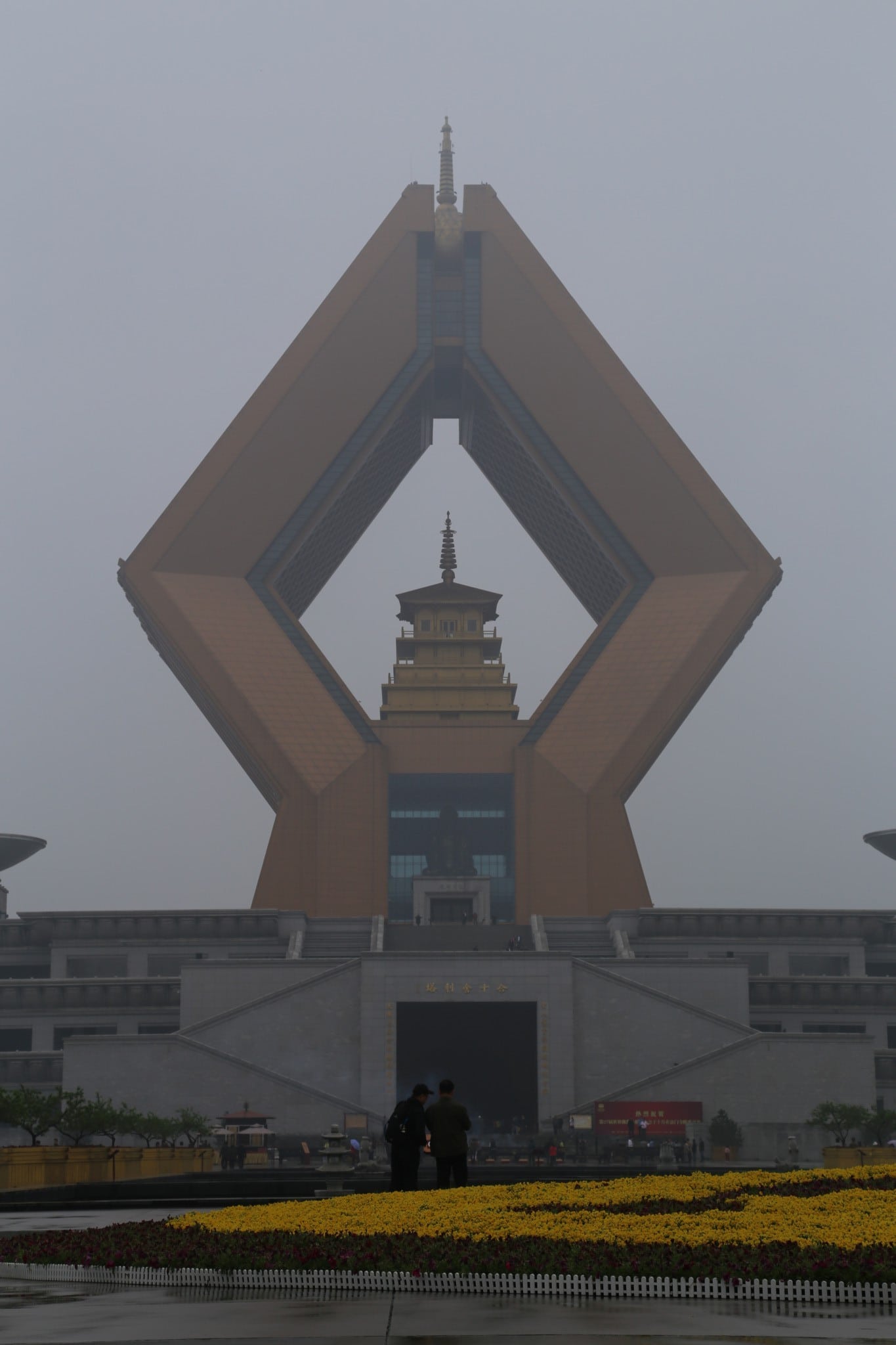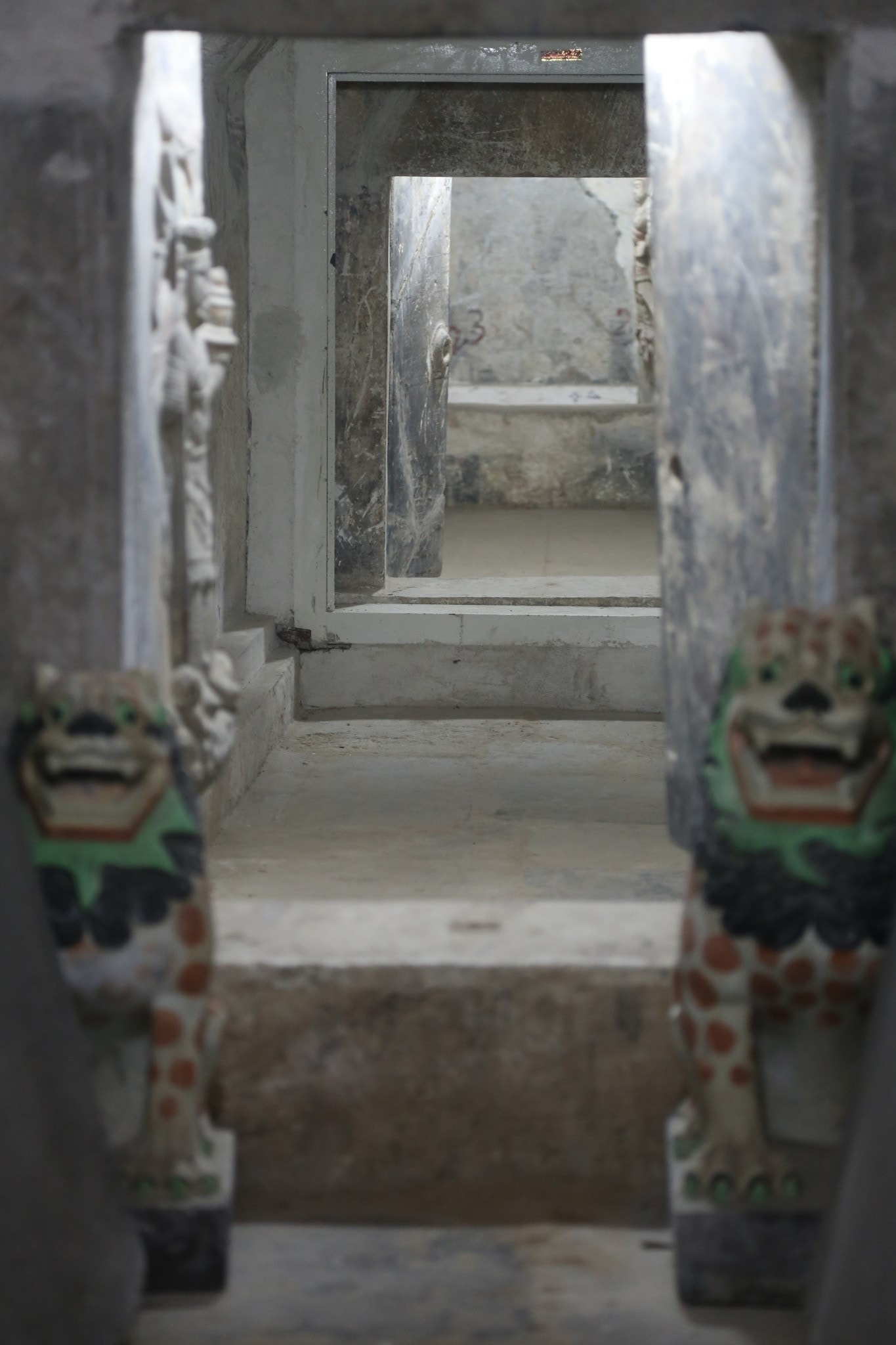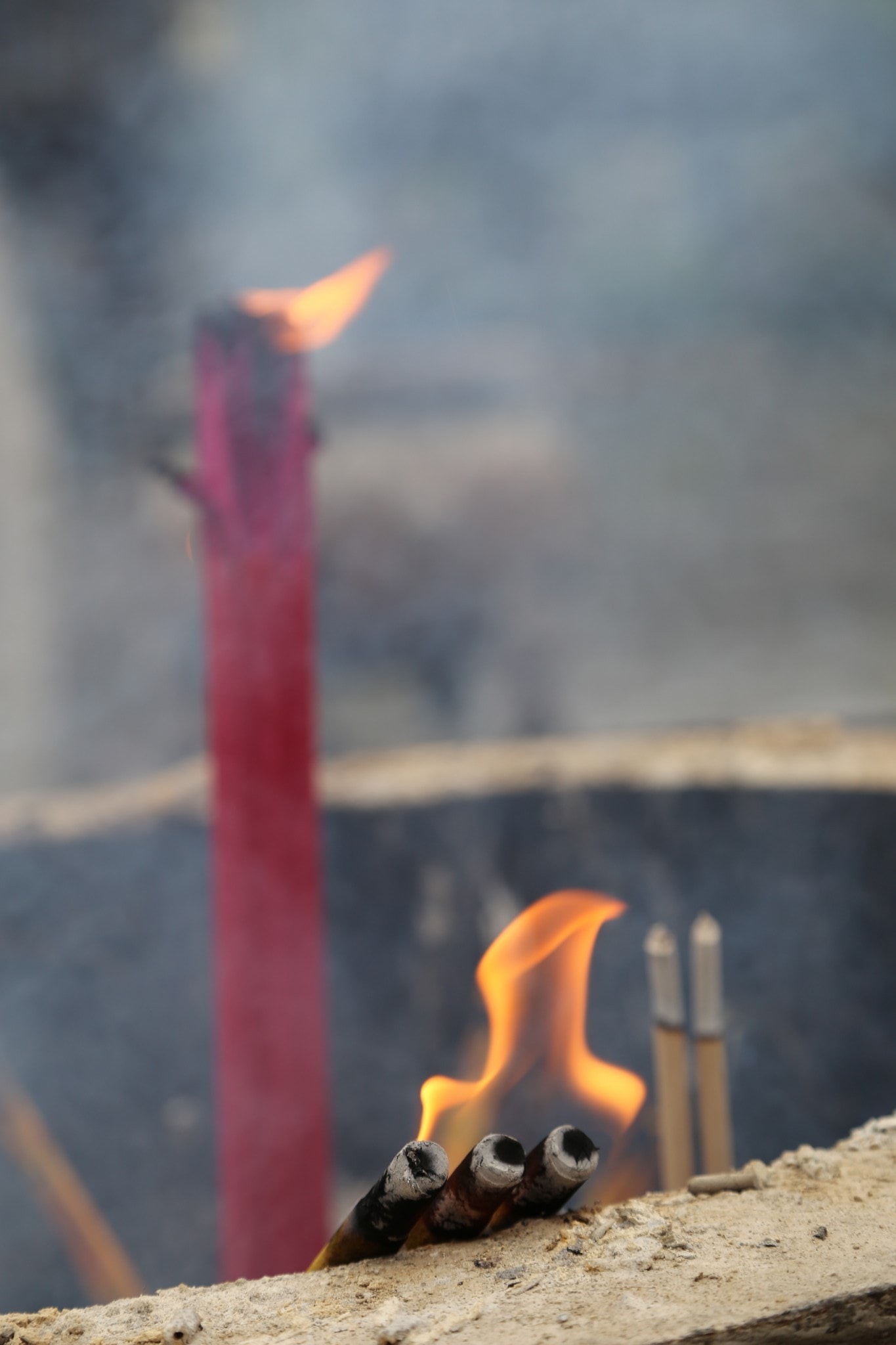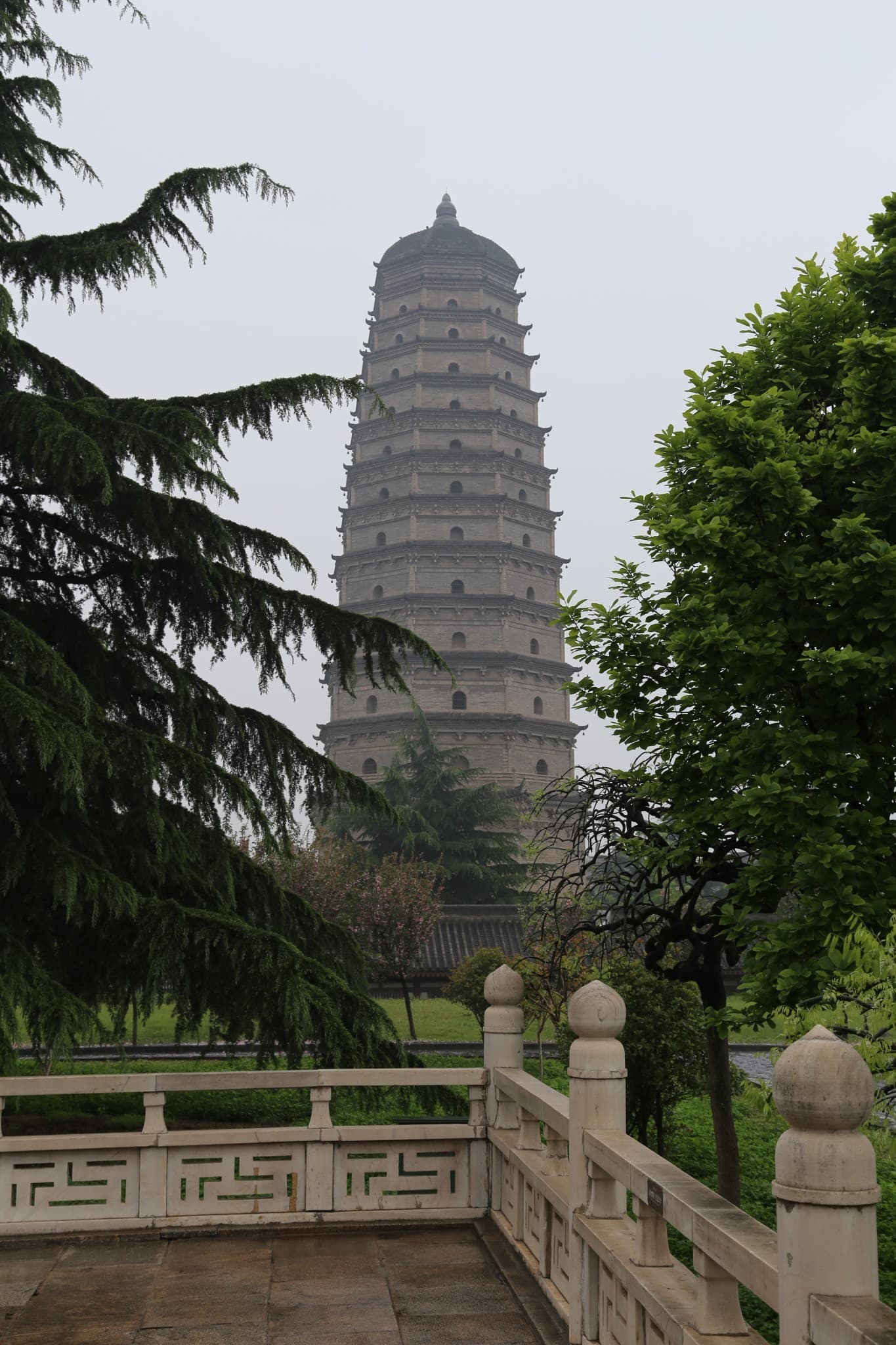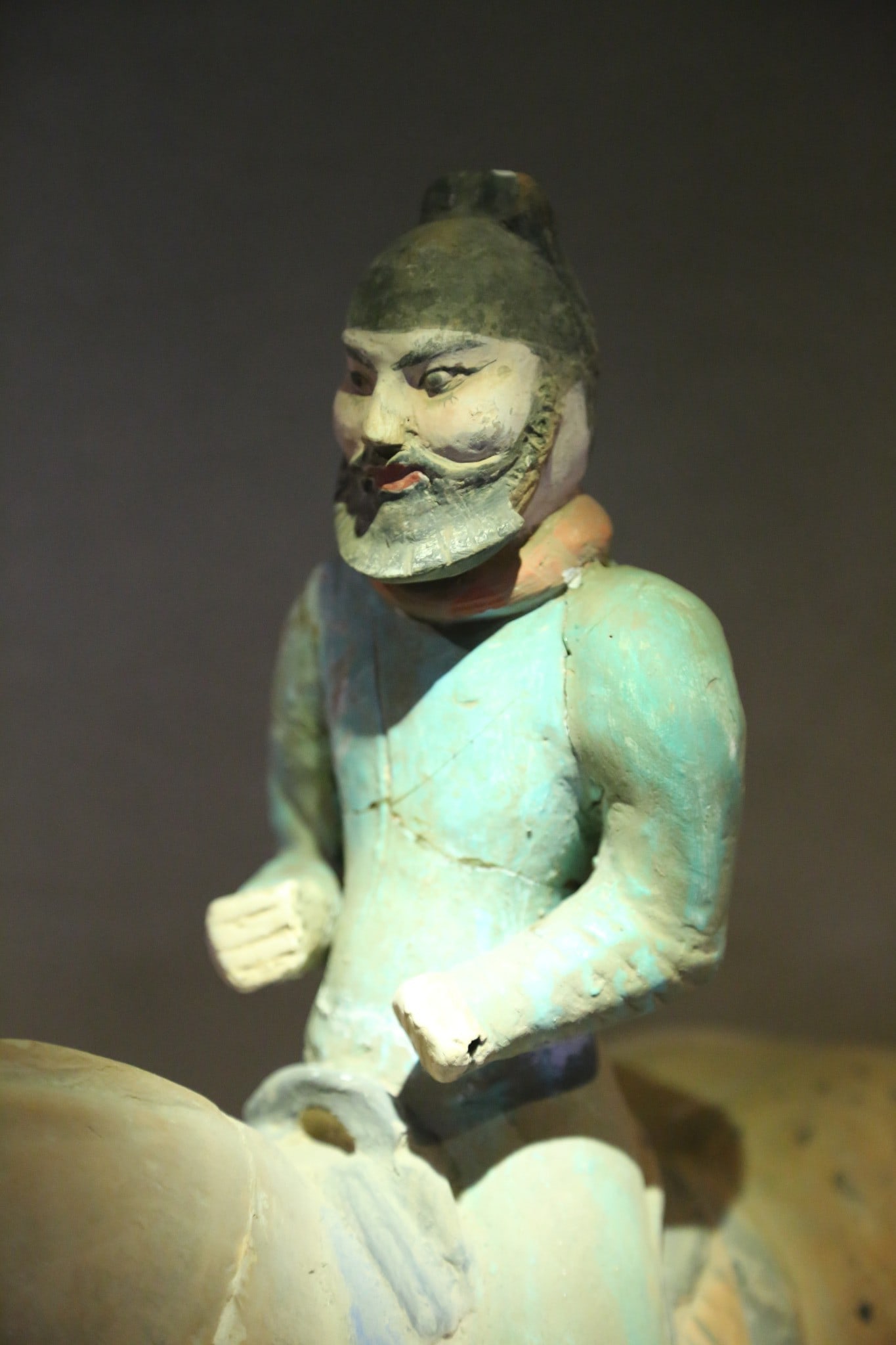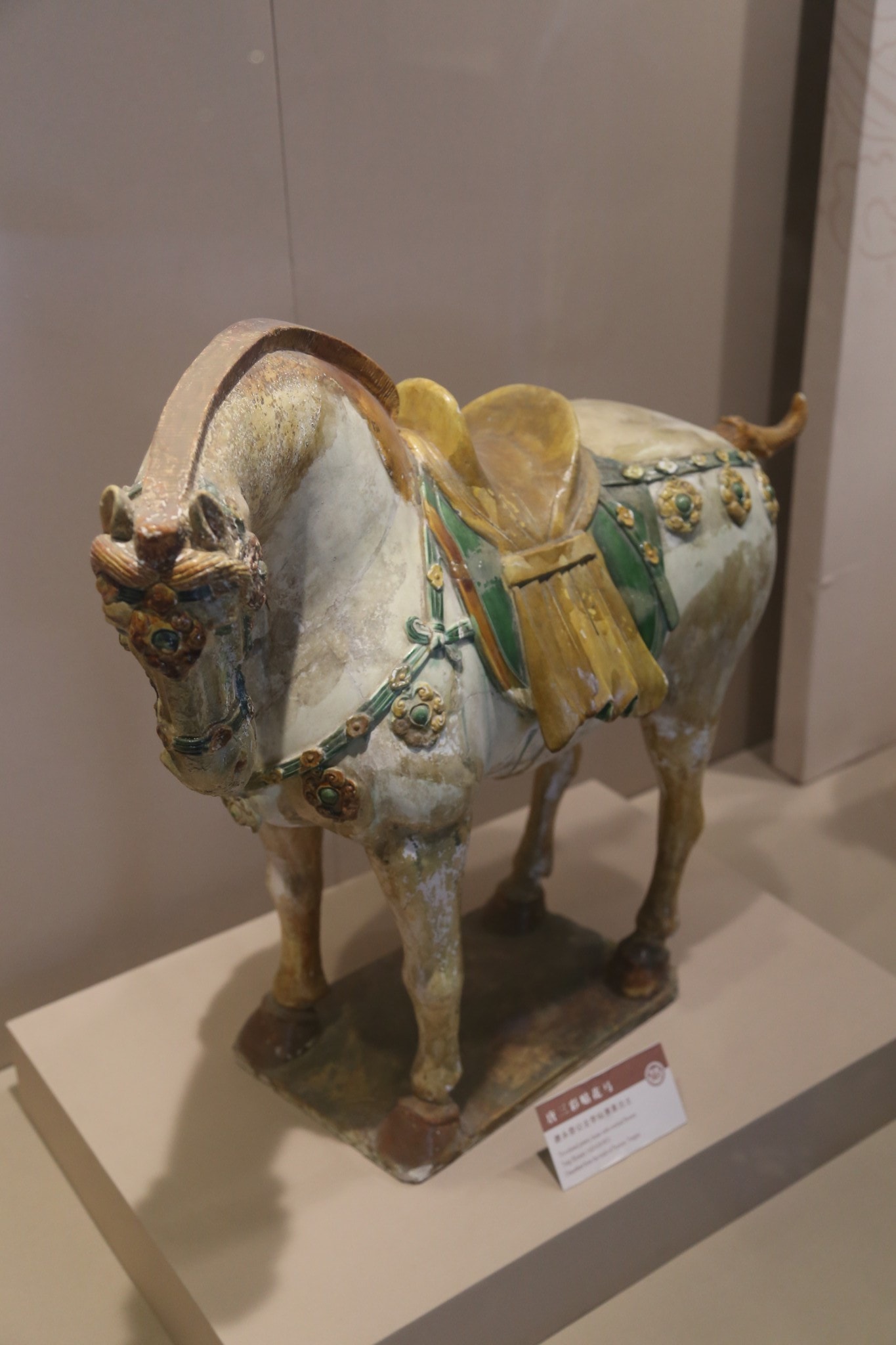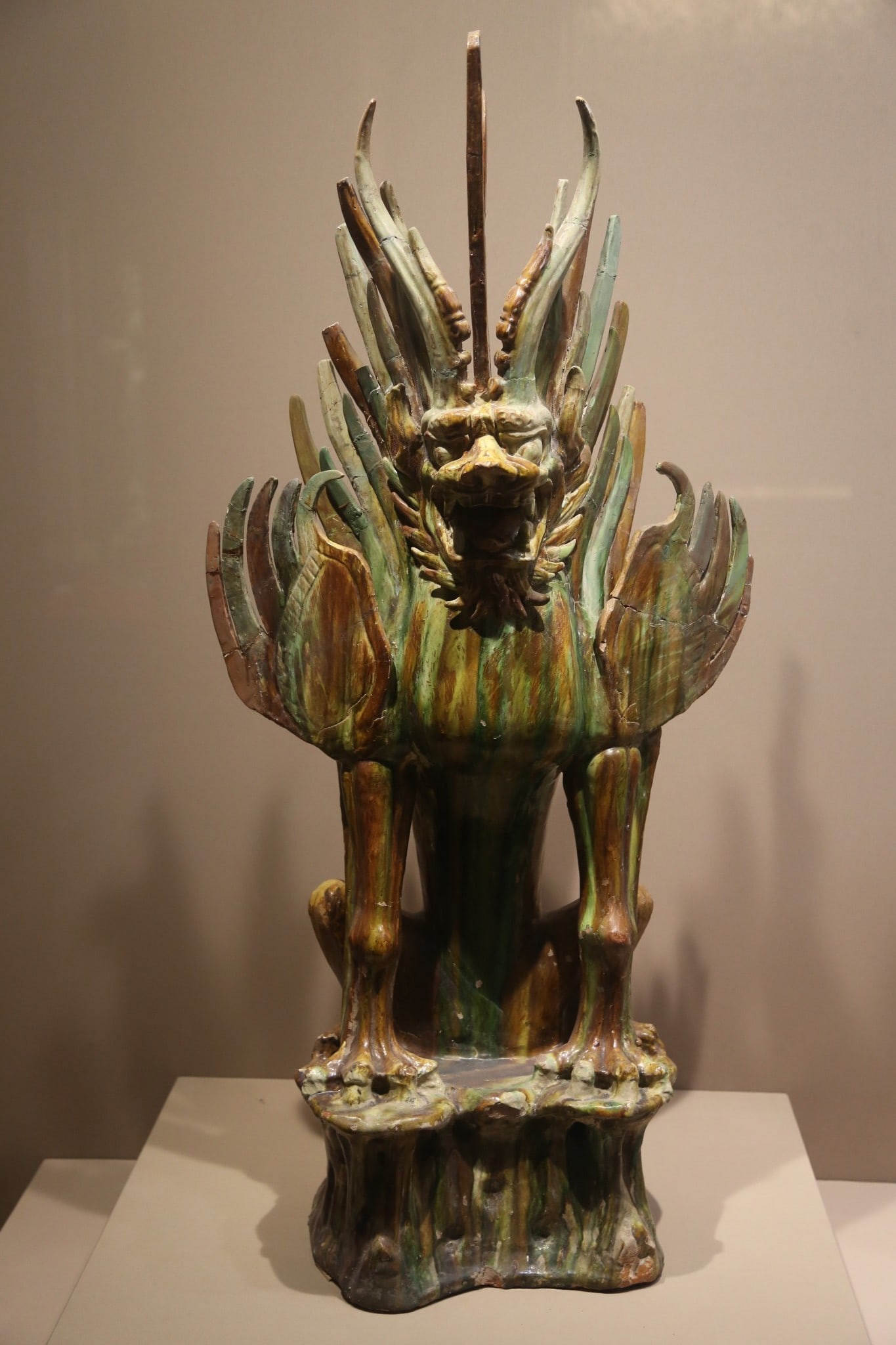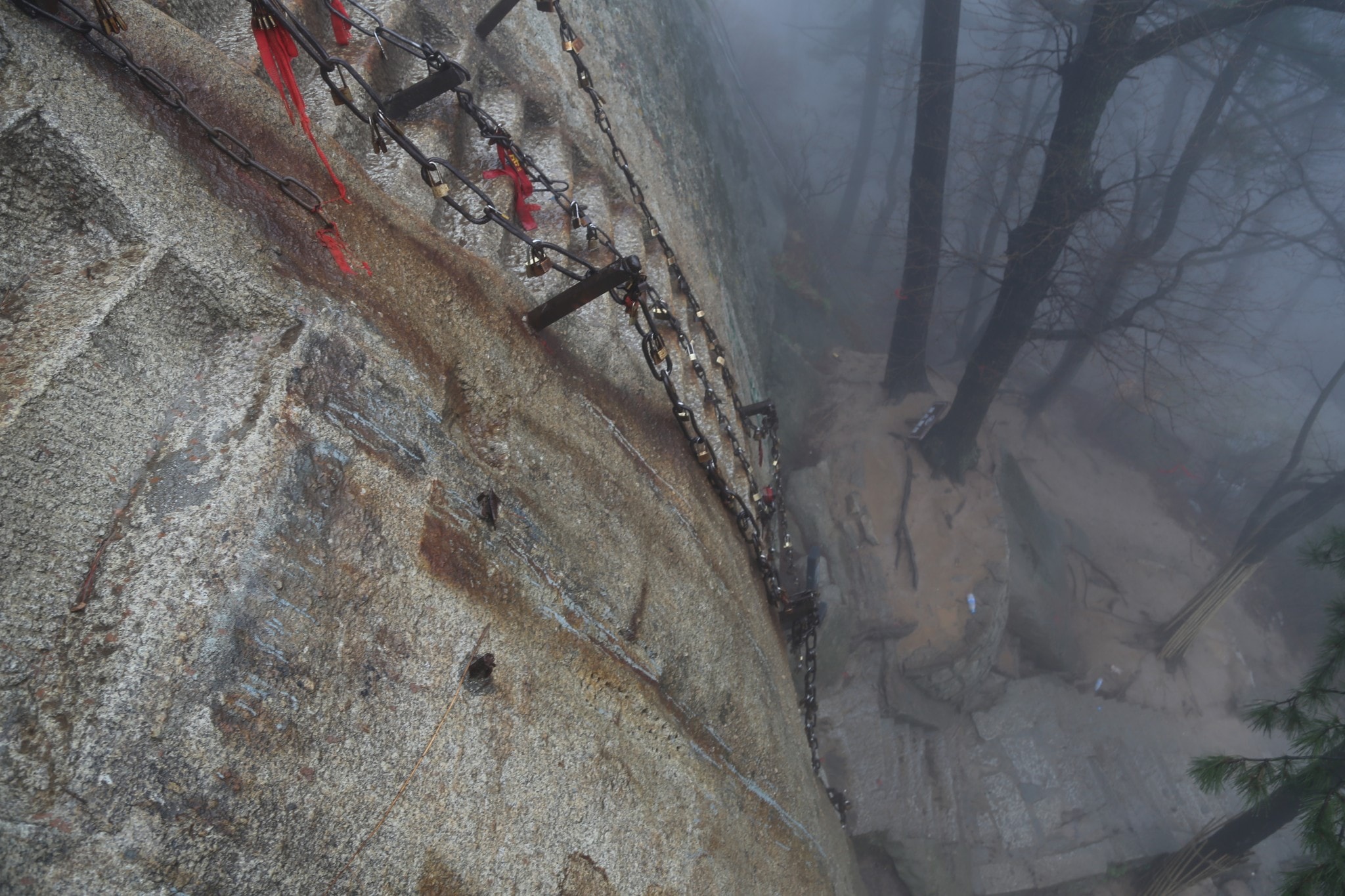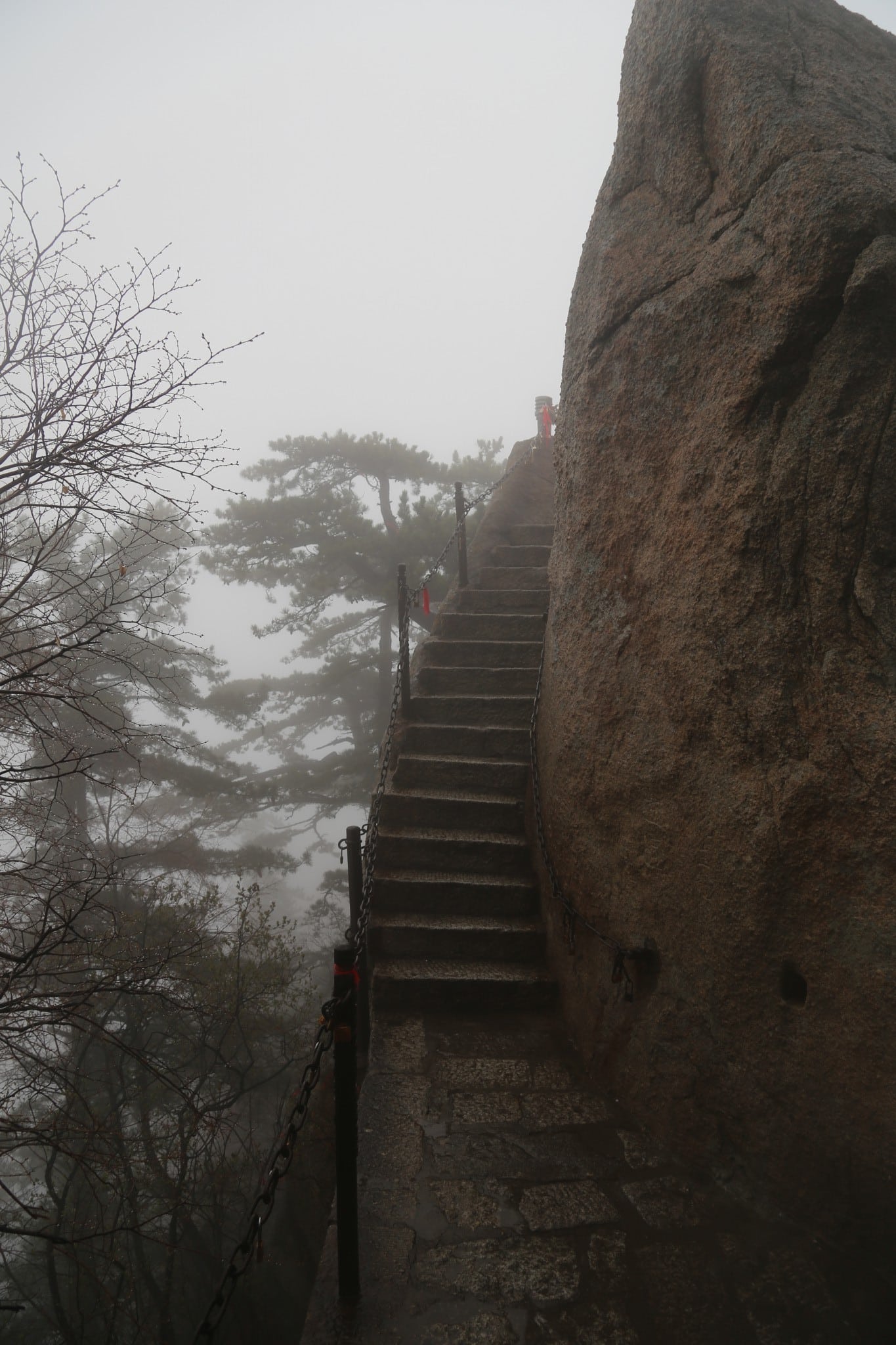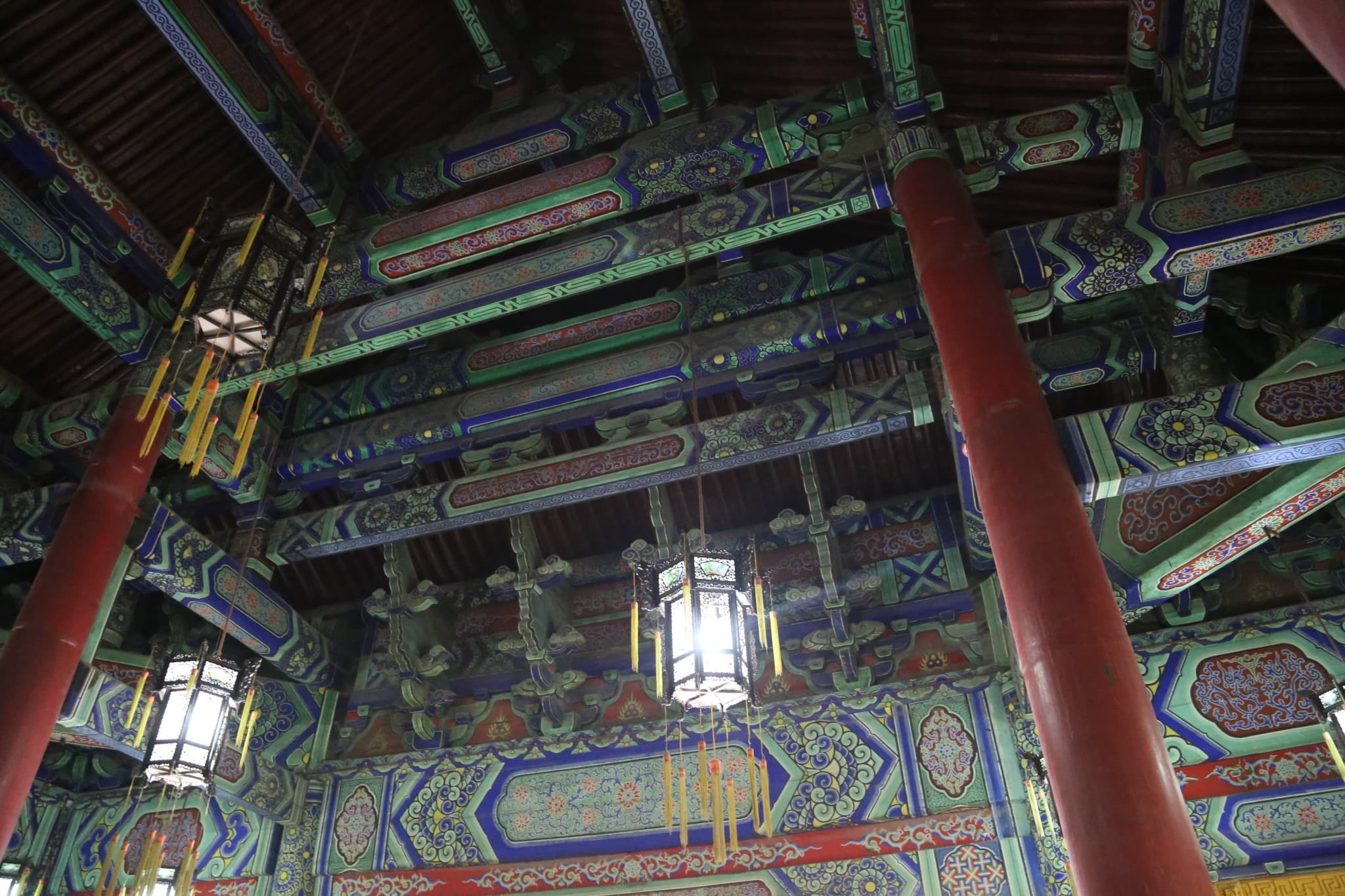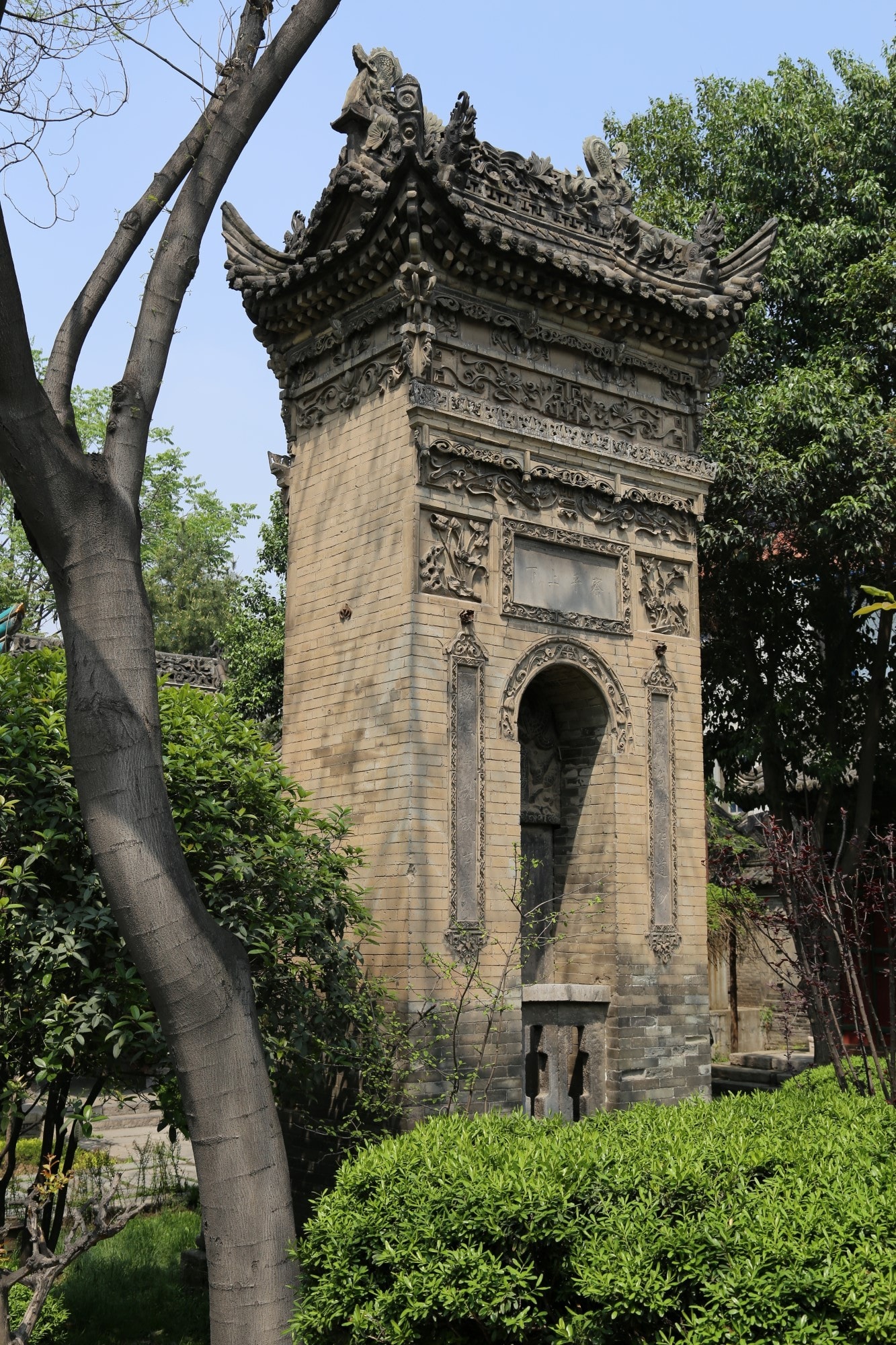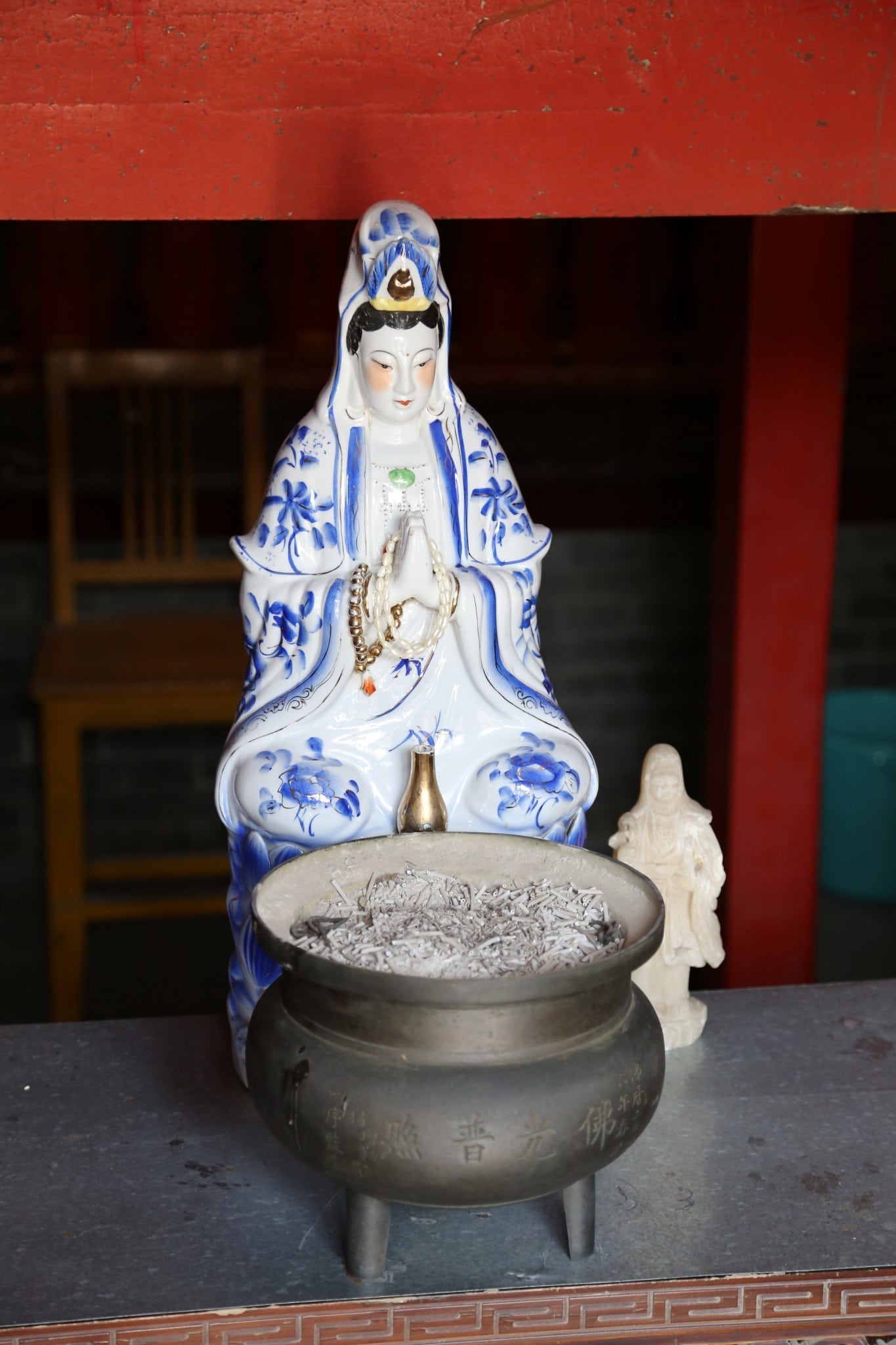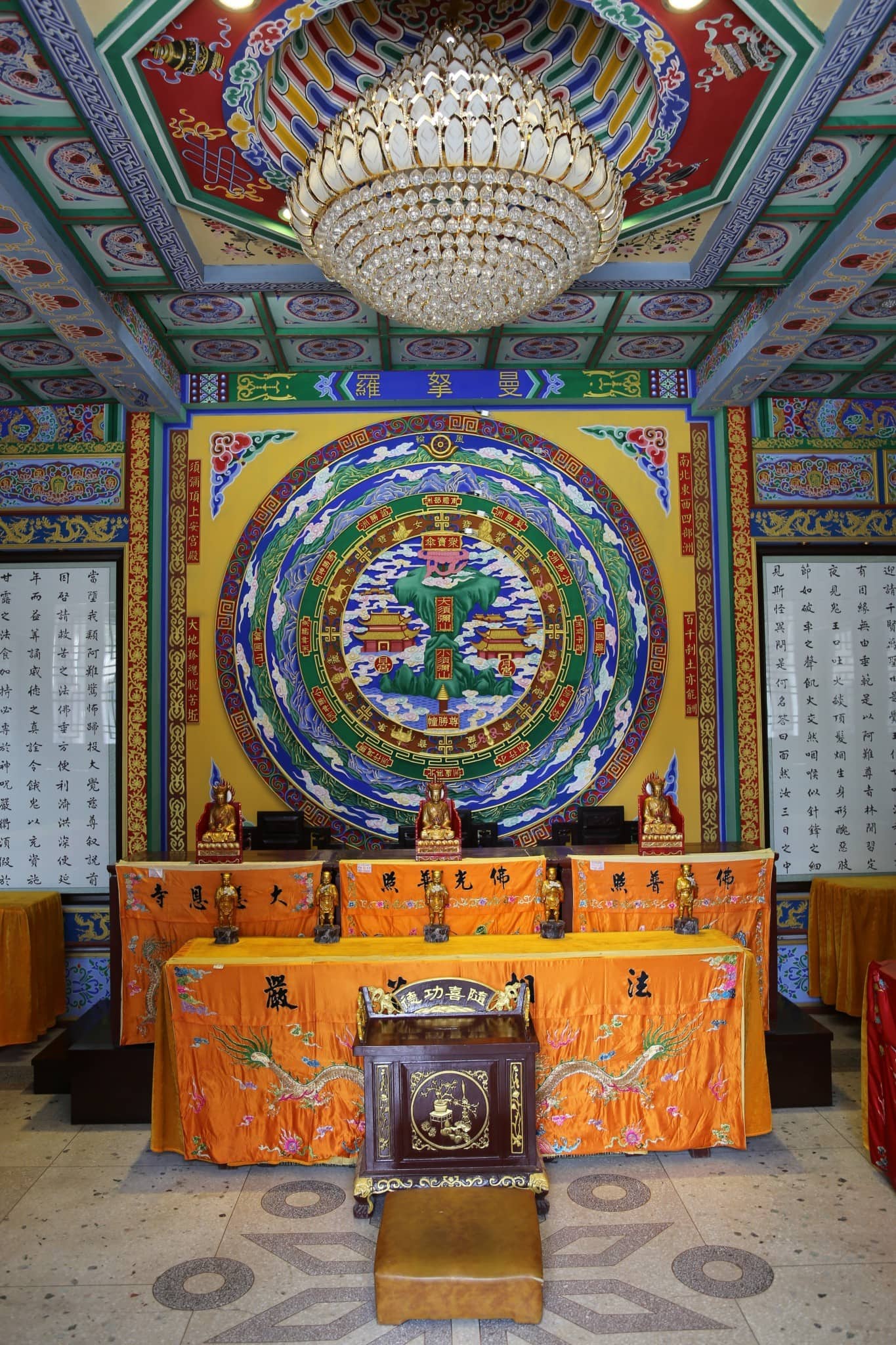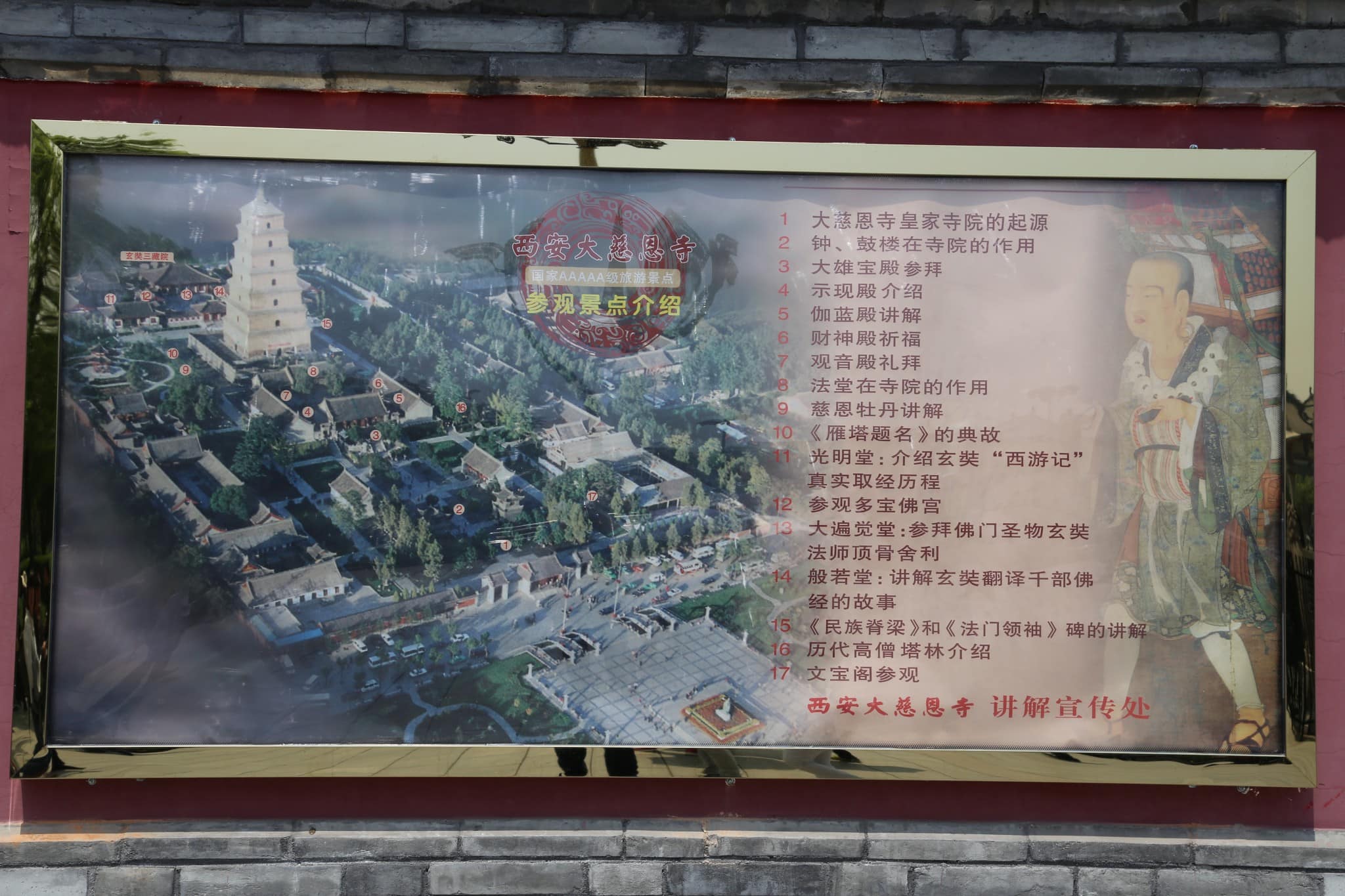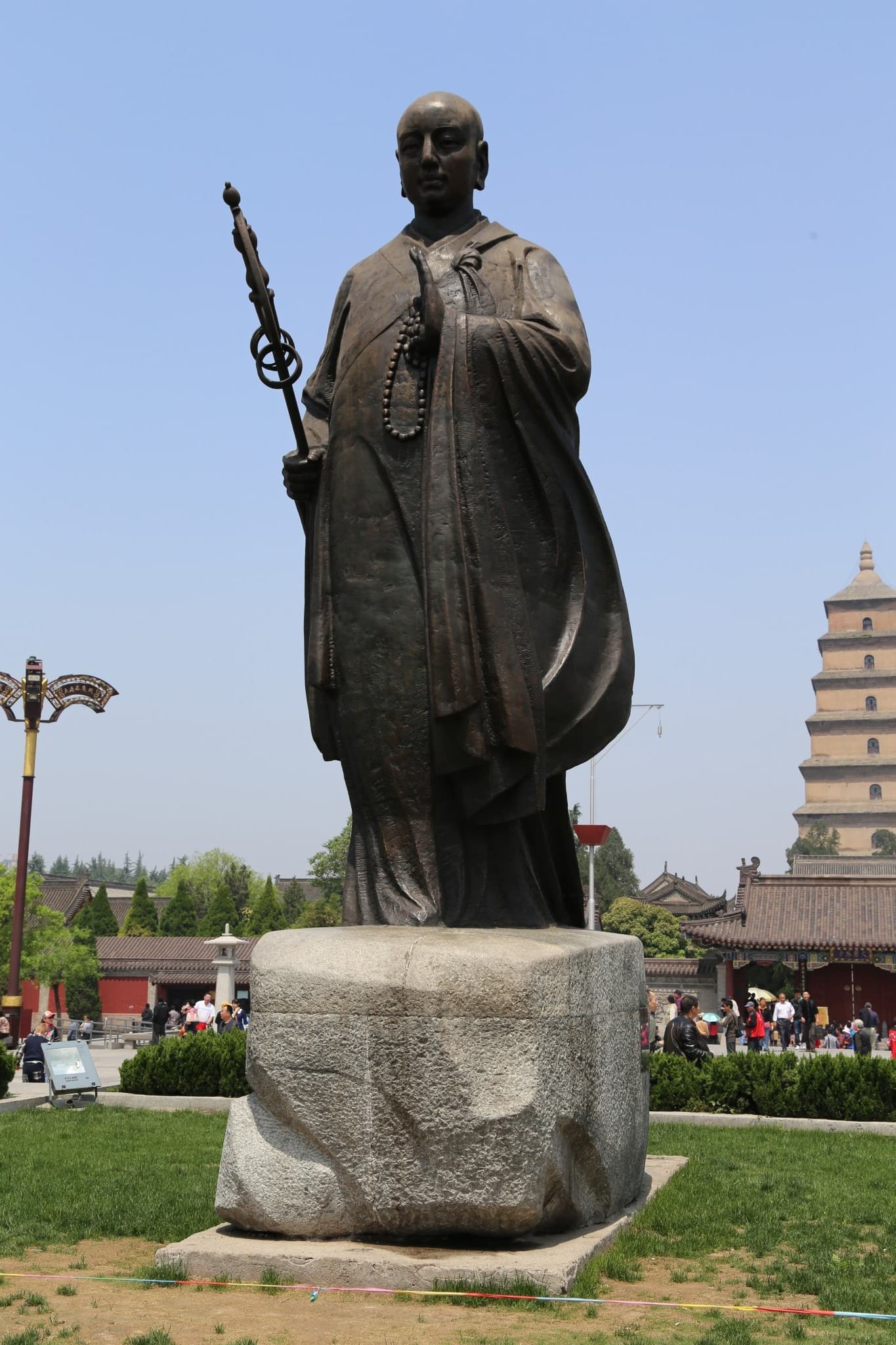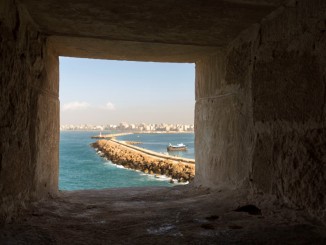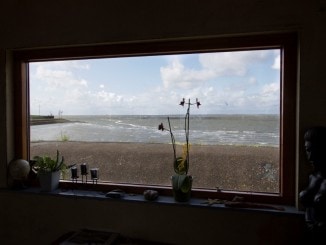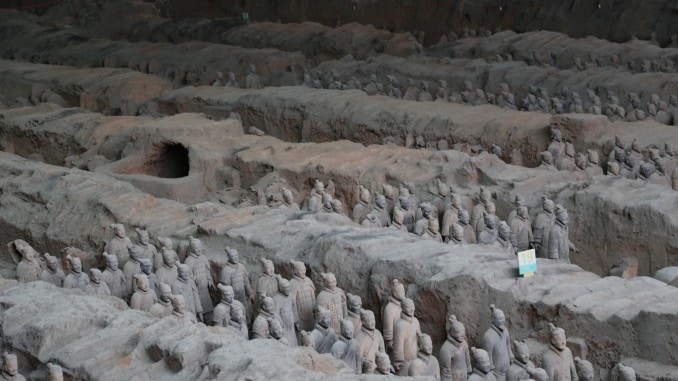
Table of Contents
- Day 1 & 2 – Departure & Arrival
- Day 3 – Banpo Village, Terra Cotty, Huaqing Hot Spring, Qin Shi Huang Tomb
- Day 4 – Famen Temple & Qianling Tomb (incl satellite tomb)
- Day 5 – Mount Hua (Hua Shan or Xiyue)
- Day 6 – City Wall, Drum & Bell Tower, Muslim Quarter, Big Goose Pagoda and HanYangLing Tomb after departure to Chengdu
- Day 7 through 19 – Chengdu, Hanoi & HalongBay, Qinhangdao, Beijing see posts:
- City Map & Mount Hua Map
Summary: A father son trip with some business days in between. We will start off from Amsterdam through Shanghai to Xian to stay there 4 full days. We will then continue to Chengdu where we have 2 full days. Then we continue onwards to Vietnam, Hanoi where we will have 4 full days (of which 2 will be at Halong Bay). After this side trip we continue onwards through Beijing to Qinhuangdao where we will stay full day and the day after we return to Beijing to have 2 more full days there. Last day we fly back to Amsterdam from Beijing.
UNESCO World Heritage Sites visited: Mausoleum of the First Qin Emperor (Terra Cotty Army & Horses), Silk Roads Wild Goose Pagoda (see all UNESCO sites here)
Day 1 & 2 – Departure & Arrival
On the first day late evening we will fly from Amsterdam through Shanghai to Xian to arrive there late evening on day 2. A short problem at Shanghai international airport; flight cancelled to Xian and rebooked another but from the other airport in Shanghai! After some complaint rebooked again on another flight to Xian an hour later as planned.
Day 3 – Banpo Village, Terra Cotty, Huaqing Hot Spring, Qin Shi Huang Tomb
Today our driver was ready to pick us up at 10 AM (check out the map under the galleries below how we exactly drove) and we headed first to the Banpo Village to check out the remains of 6000 years old village. One can see remains of houses, burial pits and more artifacts there.
After the Banpo Village we continued our journey to the Huaqing Hot Spring & Palace. Just over an hour walk through the premises. A great place and many emperors came here for bathing in the hot springs.
Then, after lunch, we went to the highlight of the day: the Terra Cotty Army & Horses. We also visited after that by shuttle bus the Qin ShiHuang Tomb. Shi Huang build the mausoleum himself during his life so that he can rule also in the afterlife. Amongst other great things in China the Great Wall was also his idea.
Day 4 – Famen Temple & Qianling Tomb (incl satellite tomb)
From Xian the Famen Temple is quite a drive of – pending traffic – over 2 hours. So, we got up and ready to depart with our driver at 9AM. The Famen temple is basically two parts, the new and the old. The old part has a great pagoda which is called the ancestral pagoda in the Guanzhong area. The old temple was destroyed and rebuild, abandoned. When later only in the late 80’s the underground complex was re-opened they found relics, one of them claimed to be the finger bone of Sakyamuni Buddha. Because of this the Famen temple became a big Buddhist pilgrimage and in 2009 the new complex was formed. The structure is like two hands holding together the temple. See the gallery for an impression.
After lunch (the small detour on the map below) we headed to the Qianling Mausoleum including a satellite tomb. The emperor was buried here (Gaozong of Tang) including Wu Zetian the only female emperor China ever head. The satellite tomb was excavated, the Mausoleum itself not. Great relics in the museum!
Day 5 – Mount Hua (Hua Shan or Xiyue)
We visited this mountain for its great views AND the plank walk. Ok, the views where great but foggy, it was now and then raining. It came up actually with some great photo’s as well. The plank walk (we few photos in gallery) is a about 150 meters long walk: first down over metal stairs, then through feet holes in the mountain, then over planks to a viewing point with small temple. All this with close to 1000 meters of cliff below you! The most dangerous board (plan) walk in the world. We did it (myself and my 11 year old son).
Now about the mountain, it’s the Western mountain of the Five Great Mountains in Taoism. It has a total of 5 peaks (North, South, East, West and Center). The west peak the highest with 2154.90 meters. The history started around 200 years B.C. when Taoist believed that the god of the underworld lived in this mountain. There are various routes up and down, as we had only one day and had to come from Xian we took the most efficient to at least see all five peaks. We went up by the west cable car, explored east peak first, then backtracked very shortly to west peak, then to the plank walk. After that we continued to East peak and then to Center peak, from there we headed down to North peak where we took then the North cable car down. All in all we went from Xian at 8 AM and arrived back around 10 PM. Because it was rainy and slippery we walked all pieces in about 6 to 7 hours.
Check the gallery for an overview and the map (GPS) for the route we took.
Day 6 – City Wall, Drum & Bell Tower, Muslim Quarter, Big Goose Pagoda and HanYangLing Tomb after departure to Chengdu
After some confusing of the time needed to see all with the guides we decided to check out the hotel direct in the morning (I do not like that, but OK!). We then headed to the city wall which is the longest city wall in the world. Build in the Ming dynasty with a width of 18m and 12mm high. Originally it had four gates to each direction one. After the wall we checked out the bell tower which is exactly in the middle of the old town. Close to it the Bell tower which has the largest drum in the world. We were able to catch a nice drum performance there. From there you can walk direct into the Muslim quarter and to see the old mosque. This was the first mosque ever build in China and these days in Xian still 70.000 people are Muslim. Around the Mosque is a nice labyrinth of small streets and lots of shops.
After lunch we headed to the big wild goose pagoda in the Da Ci’en temple complex. This Buddhist temple was build in 652 AC by Emperor Gaozong of the Tang Dynasty. The hierarch Xuanzang travelled to India to collect relics and other Buddha related material and brought this back to Chang’an (now called Xi’an).
As for the reason why it is called Big Wild Goose Pagoda, there is a legend. According to ancient stories of Buddhists, there were two branches, for one of which eating meat was not a taboo. One day, they couldn’t find meat to buy. Upon seeing a group of big wild geese flying by, a monk said to himself: ‘Today we have no meat. I hope the merciful Bodhisattva will give us some.’ At that very moment, the leading wild goose broke its wings and fell to the ground. All the monks were startled and believed that Bodhisattva showed his spirit to order them to be more pious. They established a pagoda where the wild goose fell and stopped eating meat. Hence its name.
We continued to the HanYangLing Tomb (or Emperor Jindi tomb). It’s a Han dynasty tomb compared to the Terra Cotty Warriors. Here the statues are doll sized and do not contain only warriors but all sorts persons and also animals. Its worth a visit for sure and it’s on the way to the airport.
We were dropped of at the airport after the tomb above. And a nice surprise: the airplane was still in Beijing. But China Easter offered us free access to their first class lounge! THANK YOU. In the end they put another plane into action and we departed an hour late. Arrive like midnight to Chengdu.
Day 7 through 19 – Chengdu, Hanoi & HalongBay, Qinhangdao, Beijing see posts:
CHINA – Chengdu (2014.04.17 – 2014.05.05)
VIETNAM – Hanoi & Ha Long Bay (2014.04.17 – 2014.05.05)
CHINA – Qinhuangdao (2014.04.17 – 2014.05.05)
CHINA – Beijing (2014.04.17 – 2014.05.05)
Stay tuned for more stories and subscribe to the newsletter or follow CTB on social media (Facebook, Twitter, Instagram including Instagram stories; on all social media you can find CTB @christravelblog) to get updated information.
Did you visit this destination too or do you have questions? Please leave a comment at the bottom of the page. Love to hear from you!




